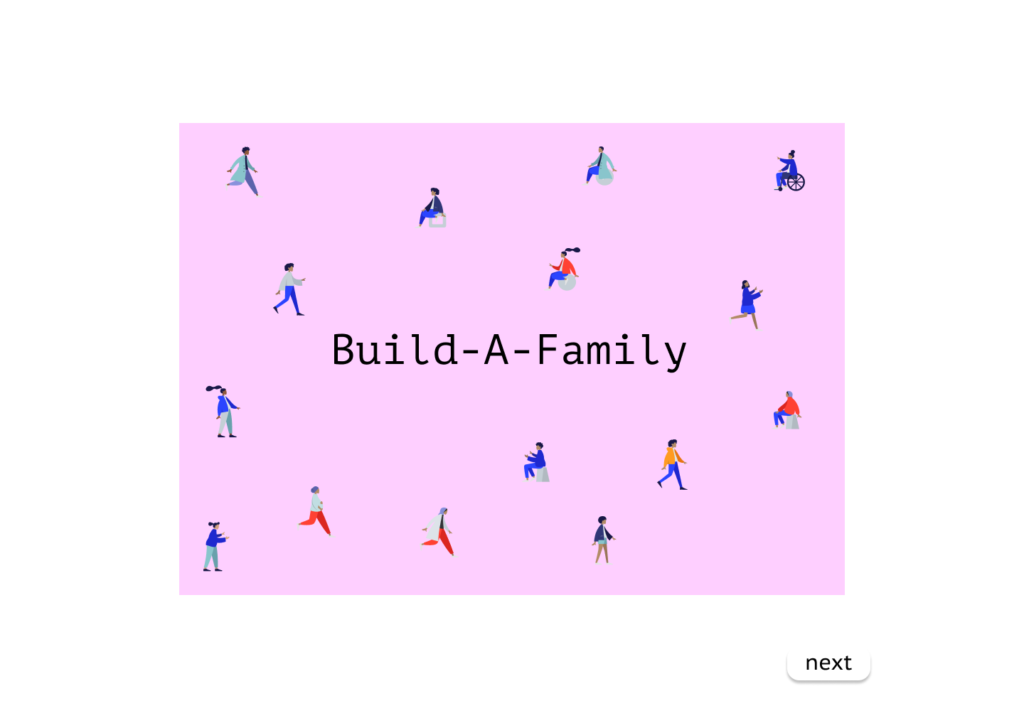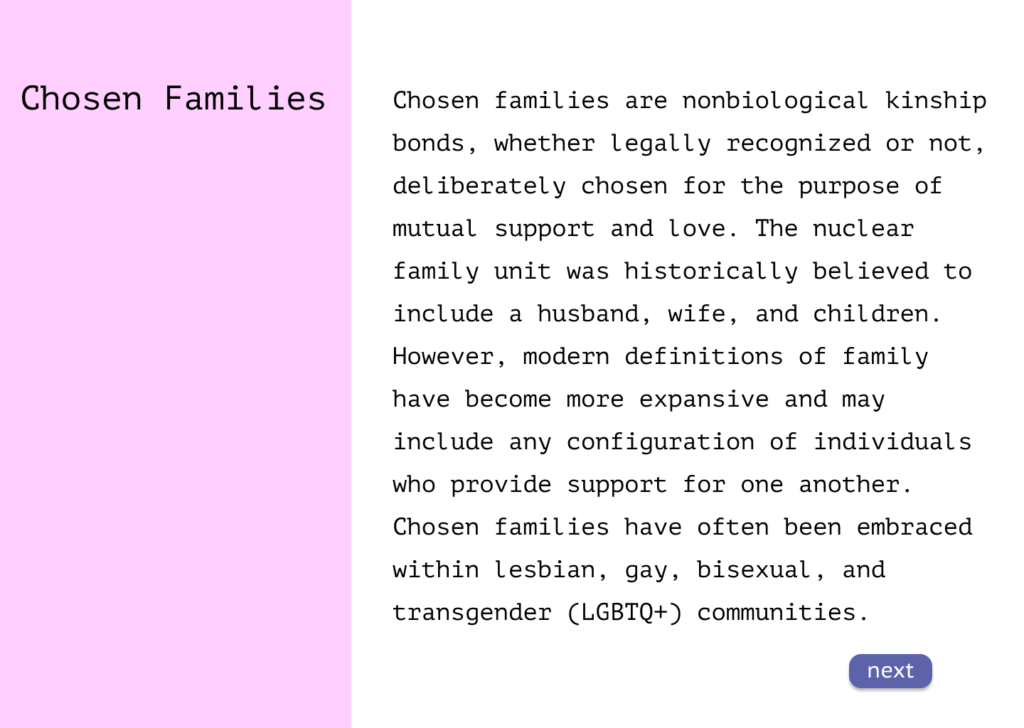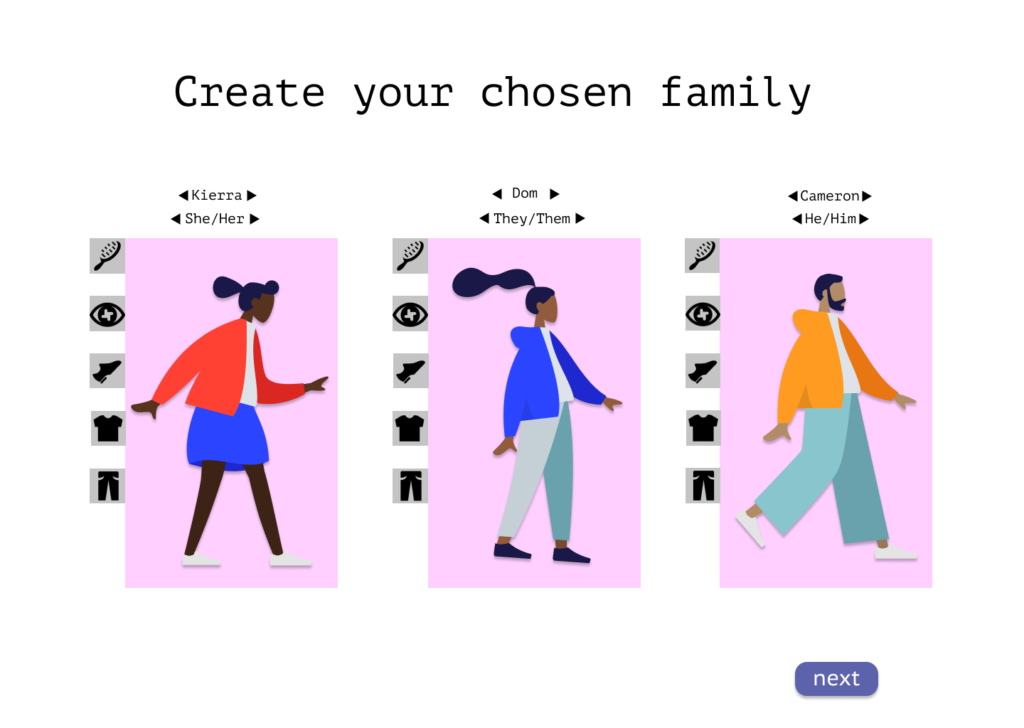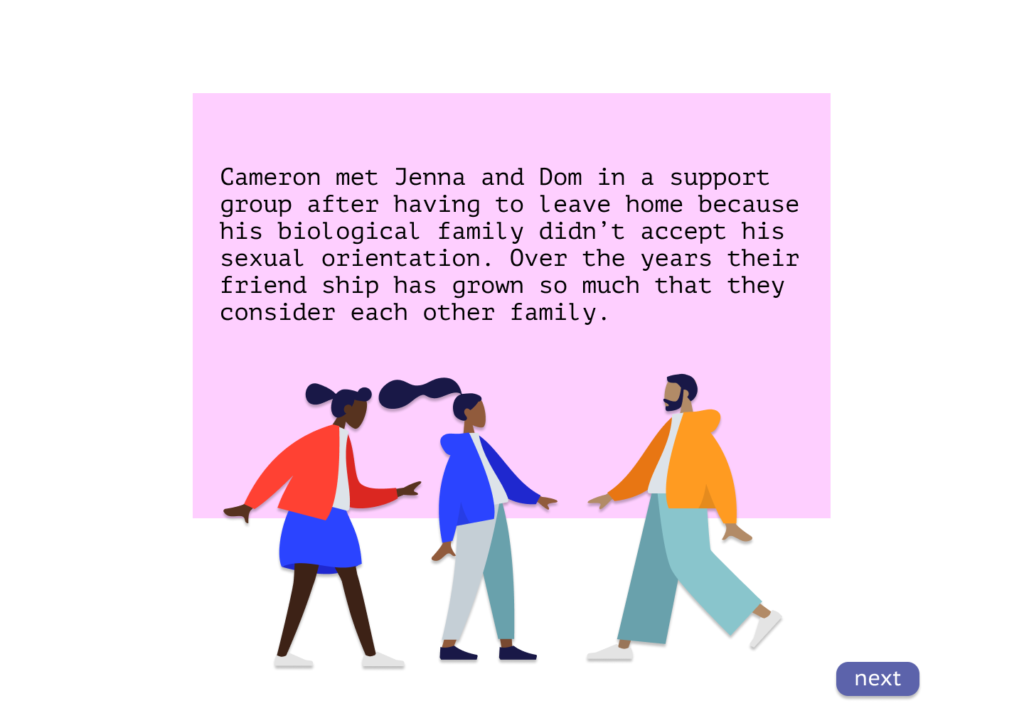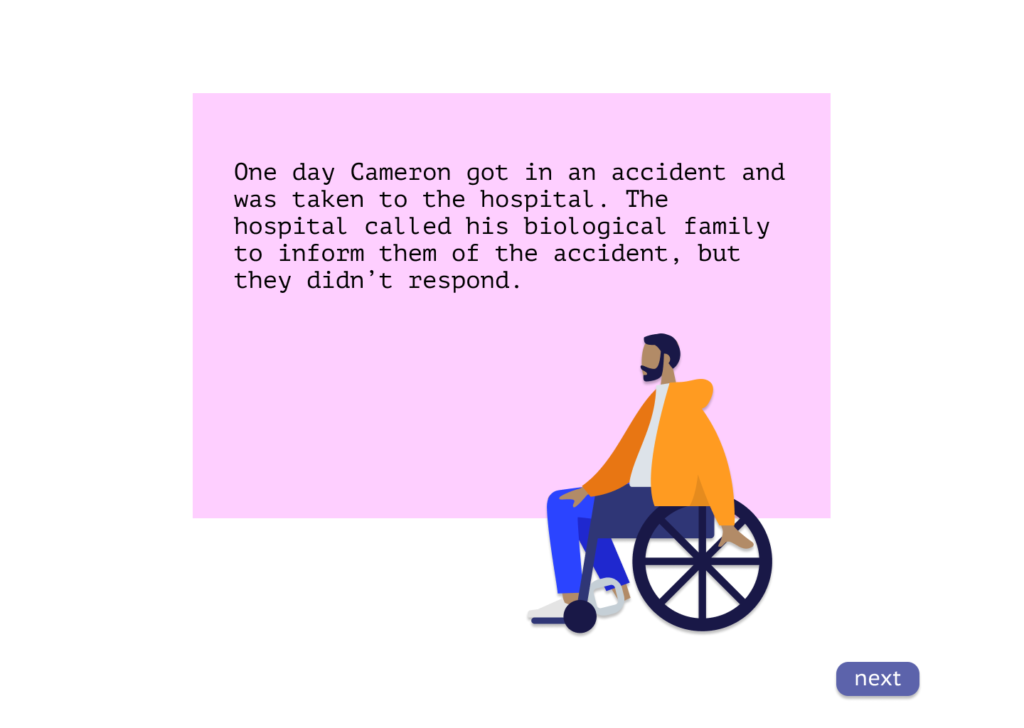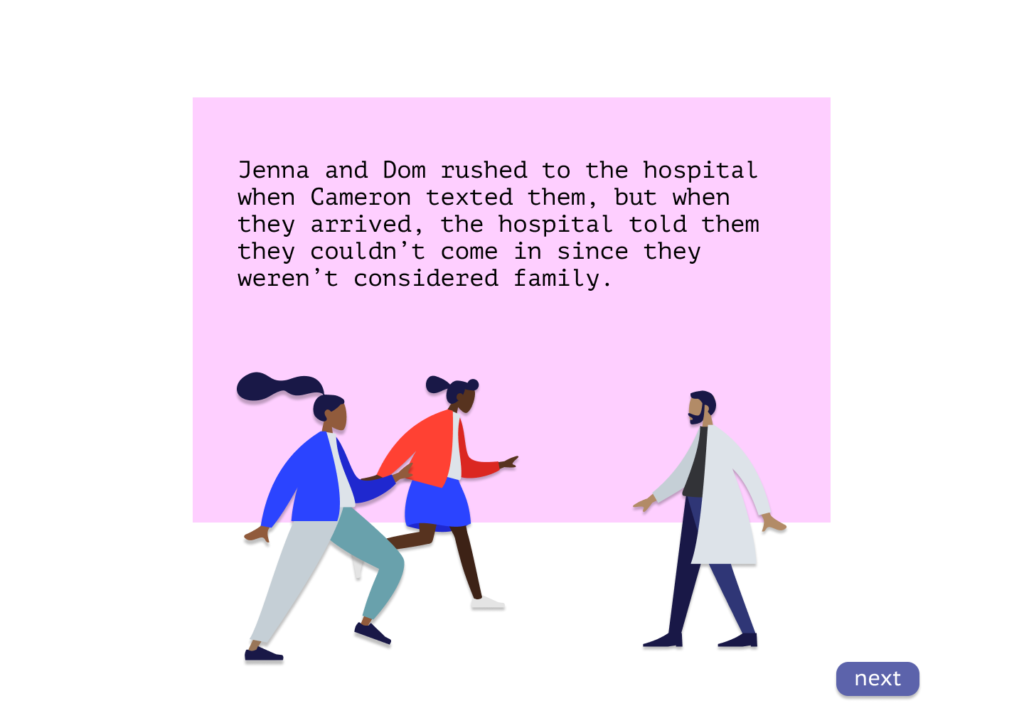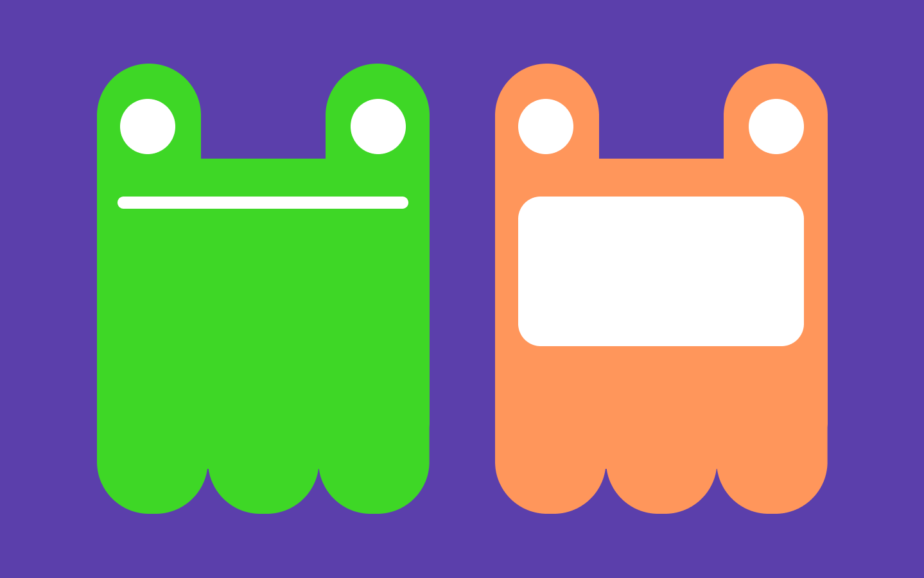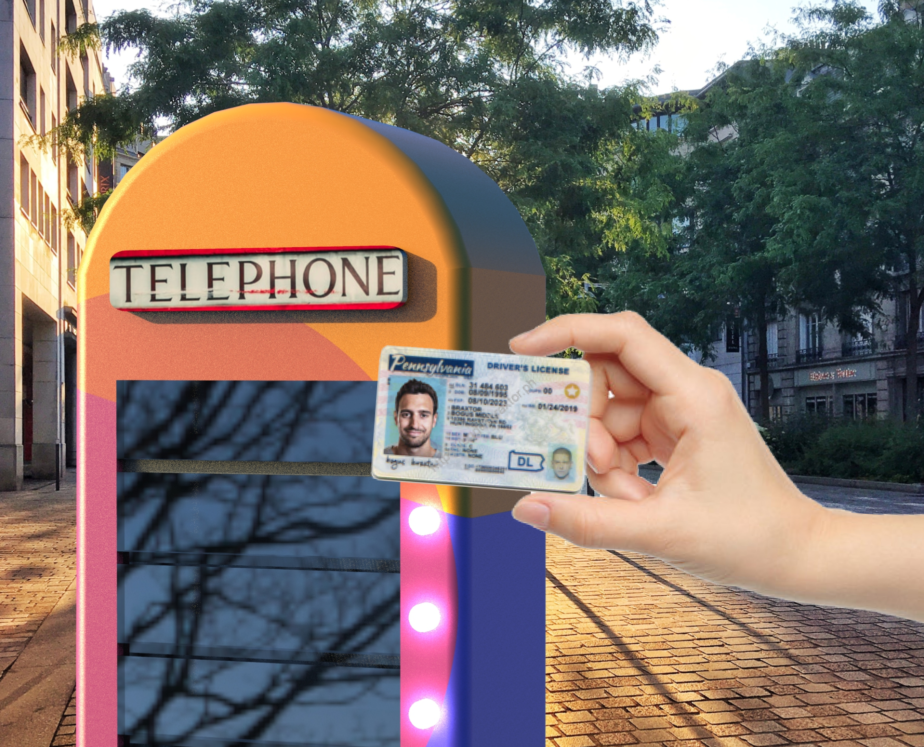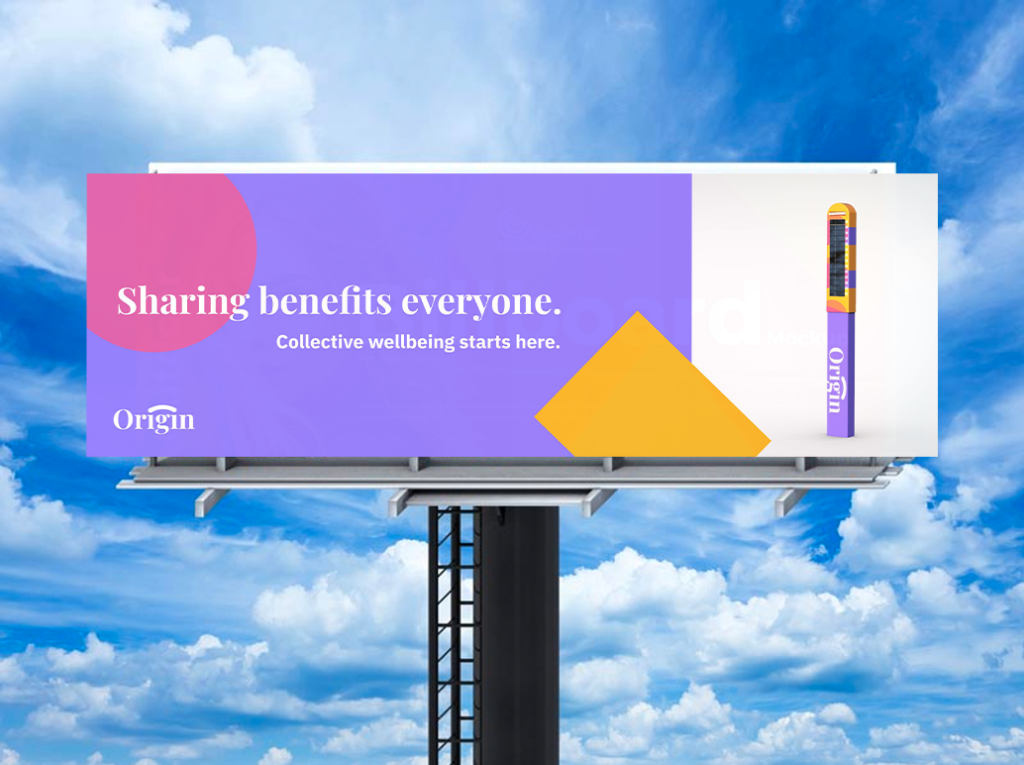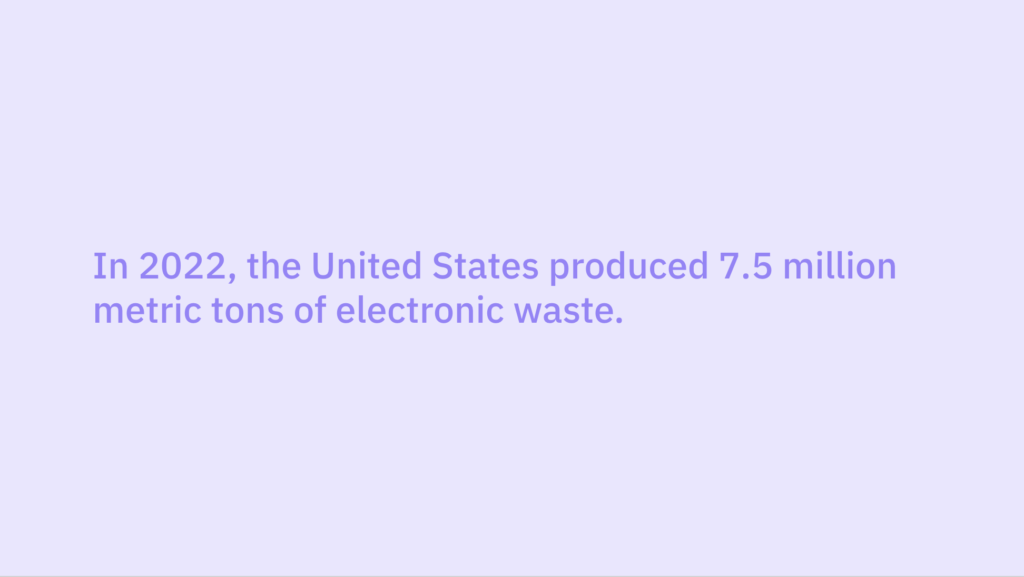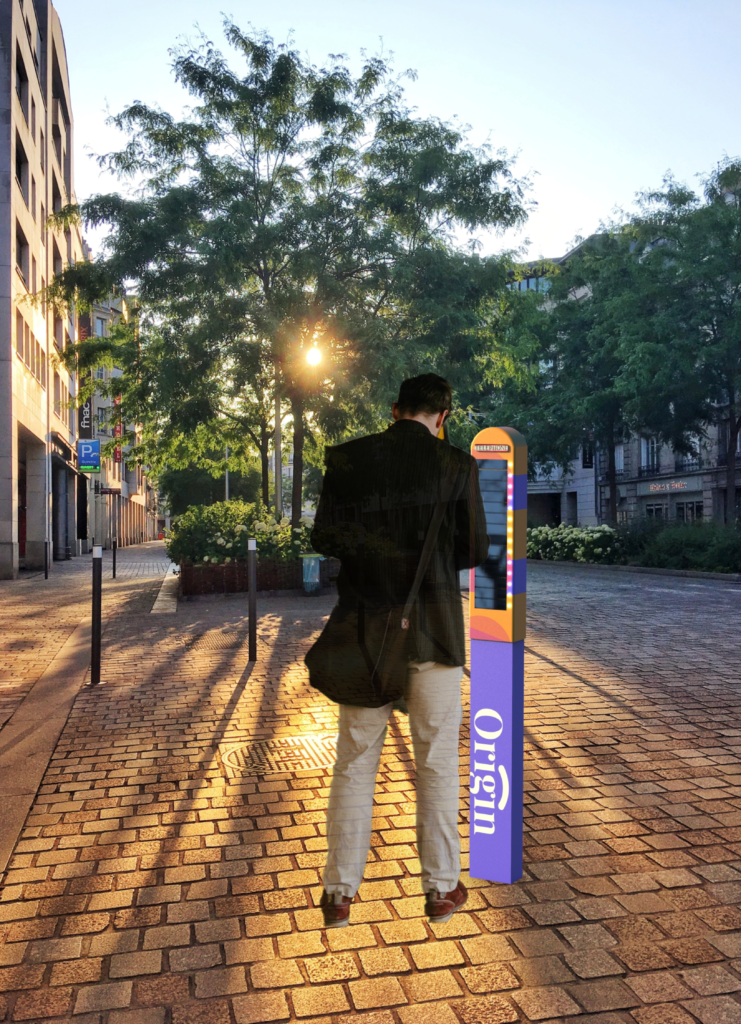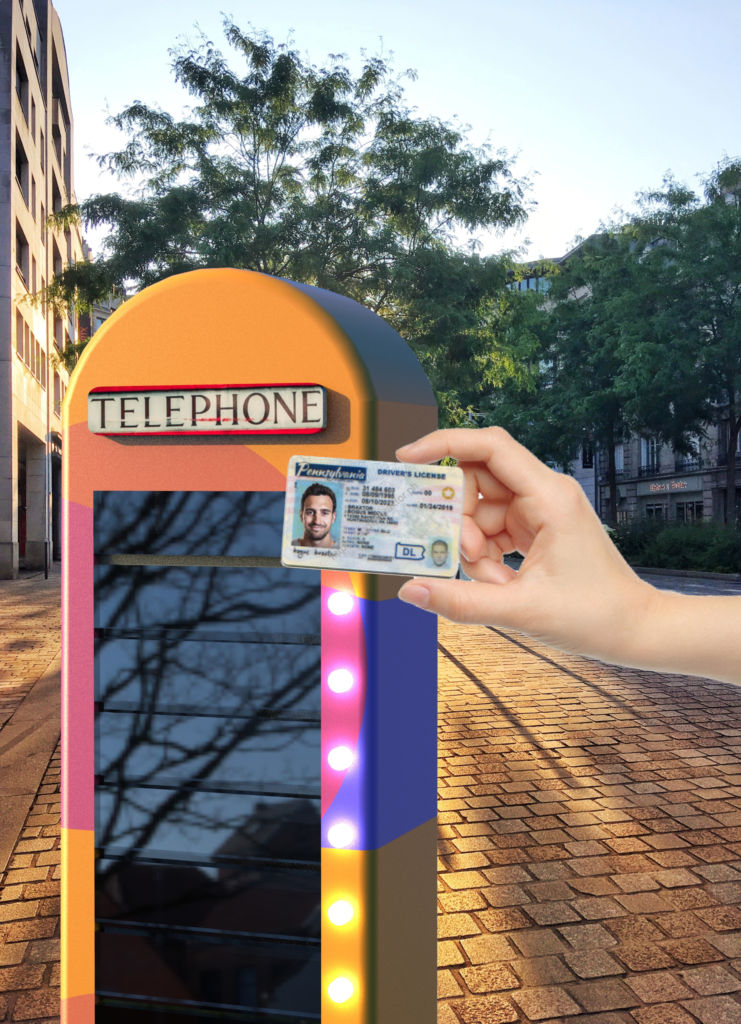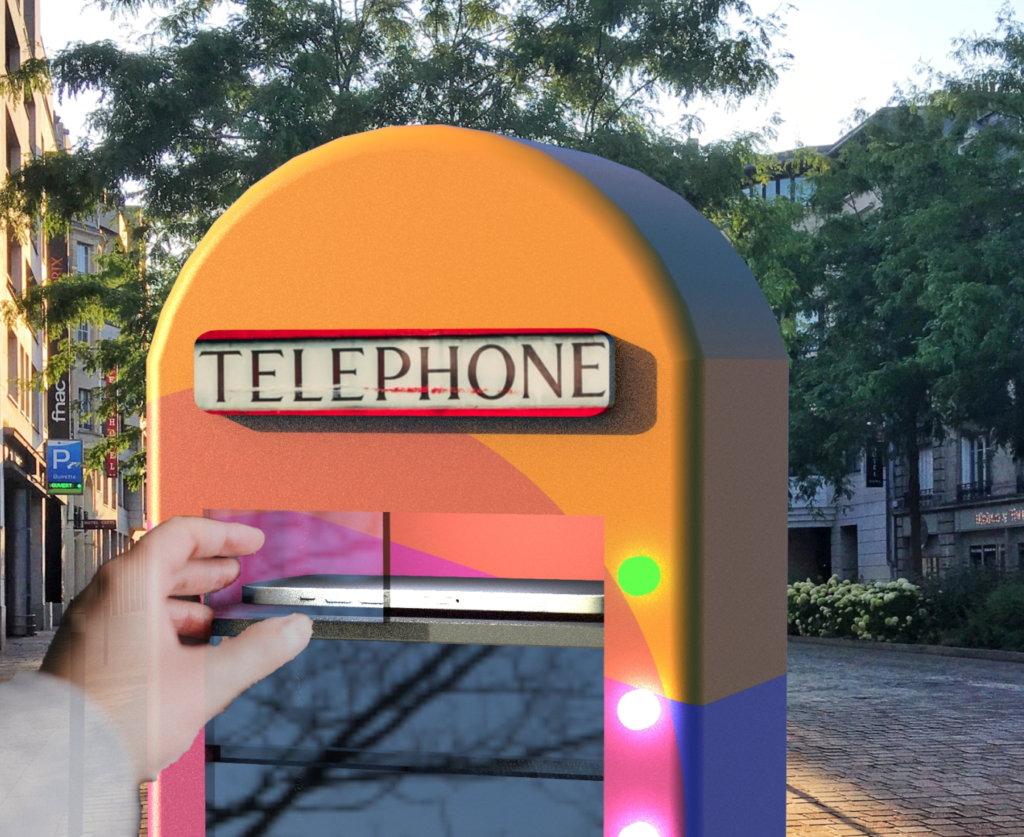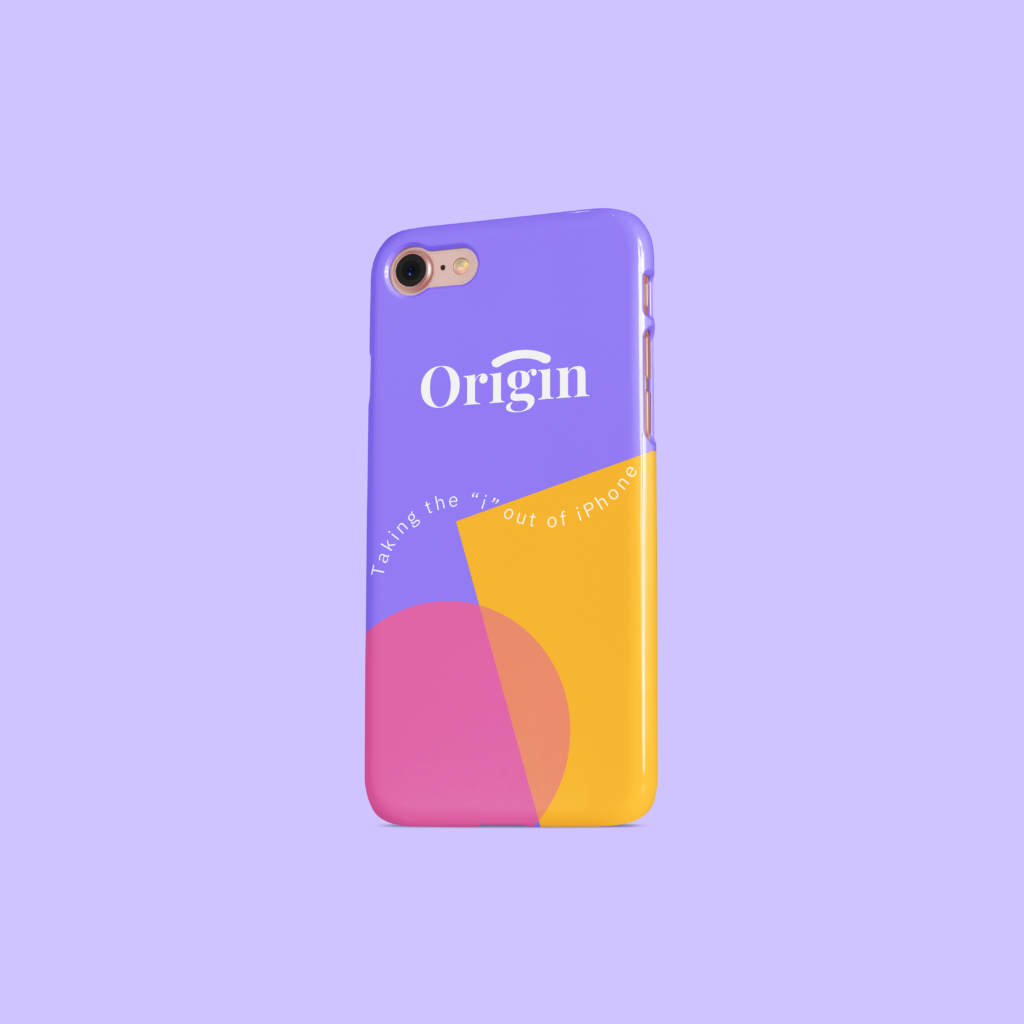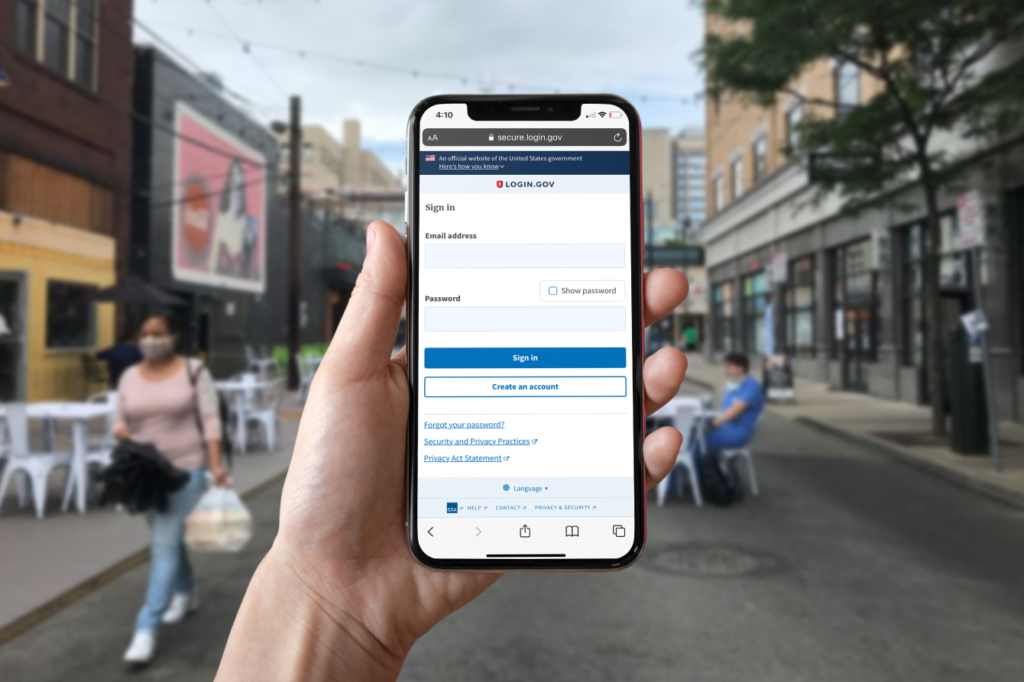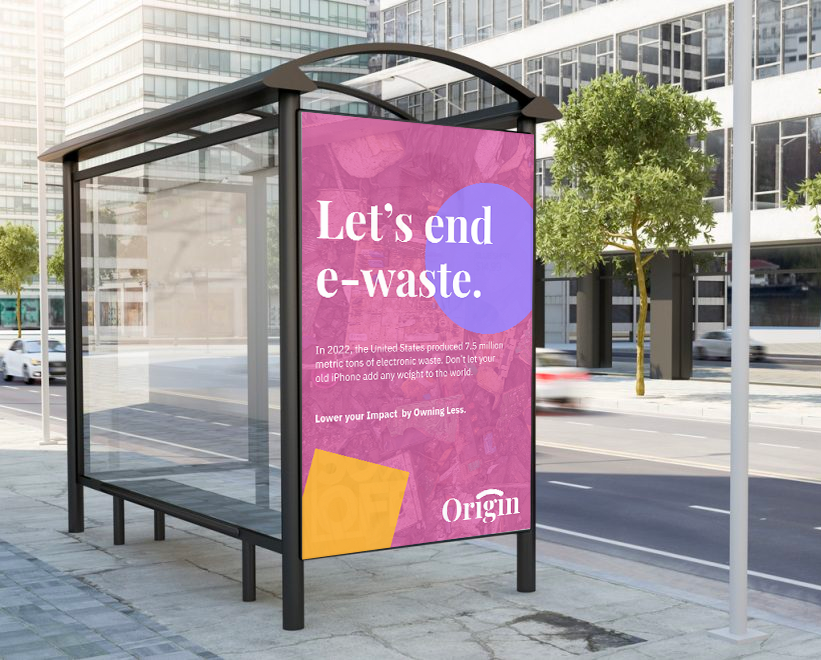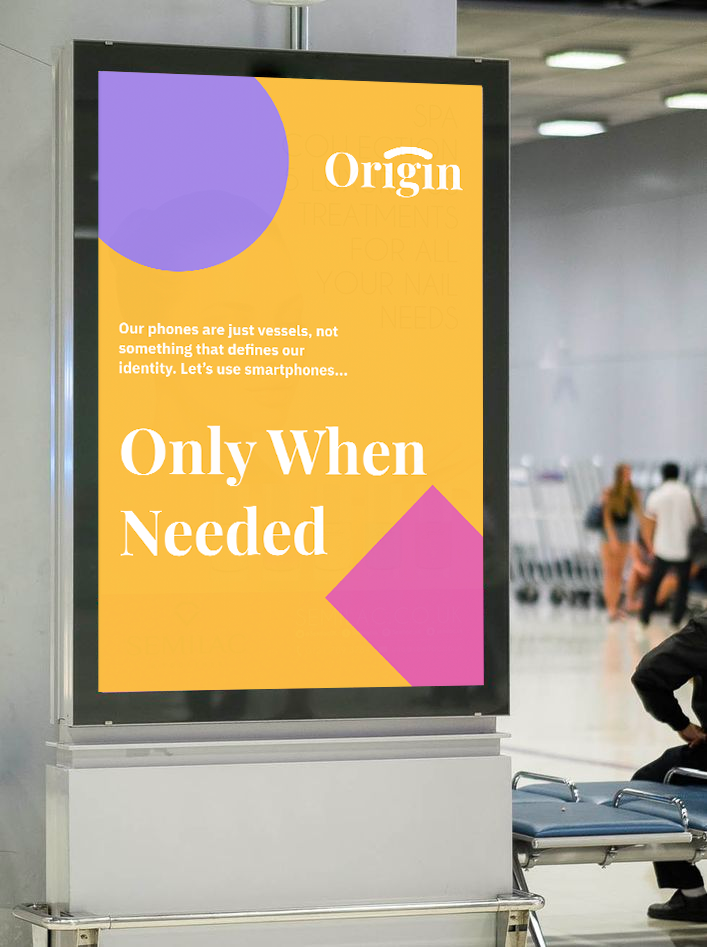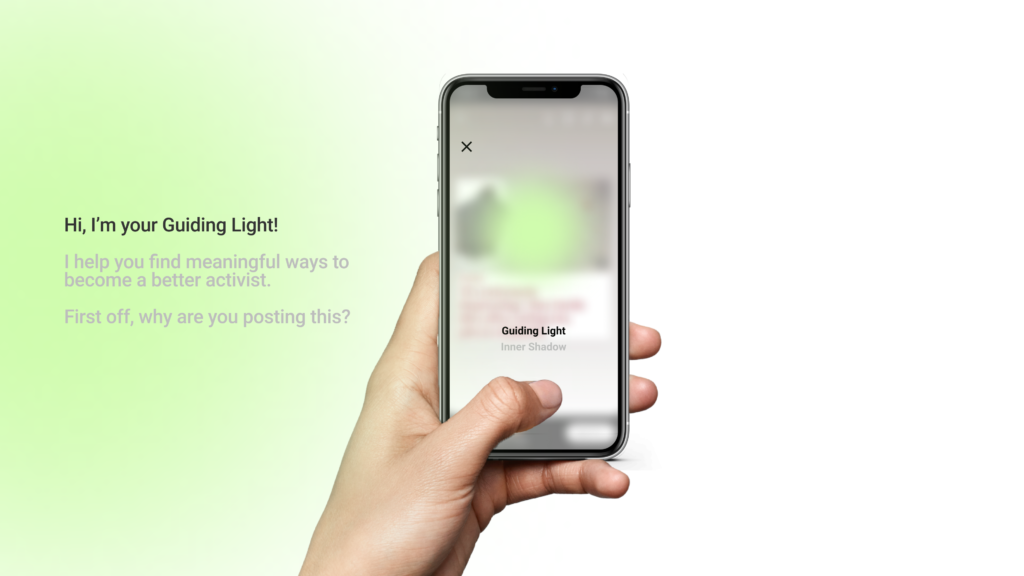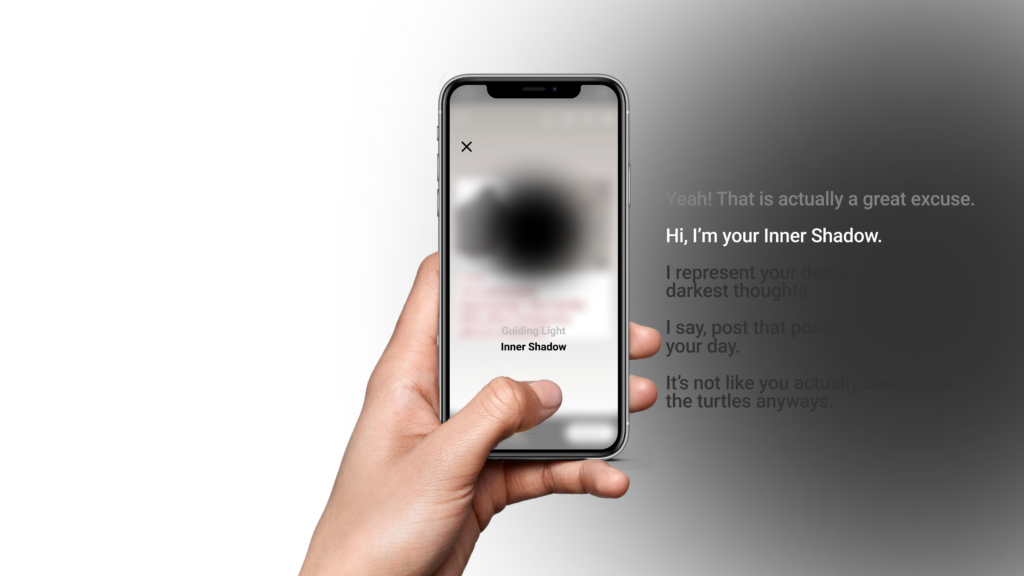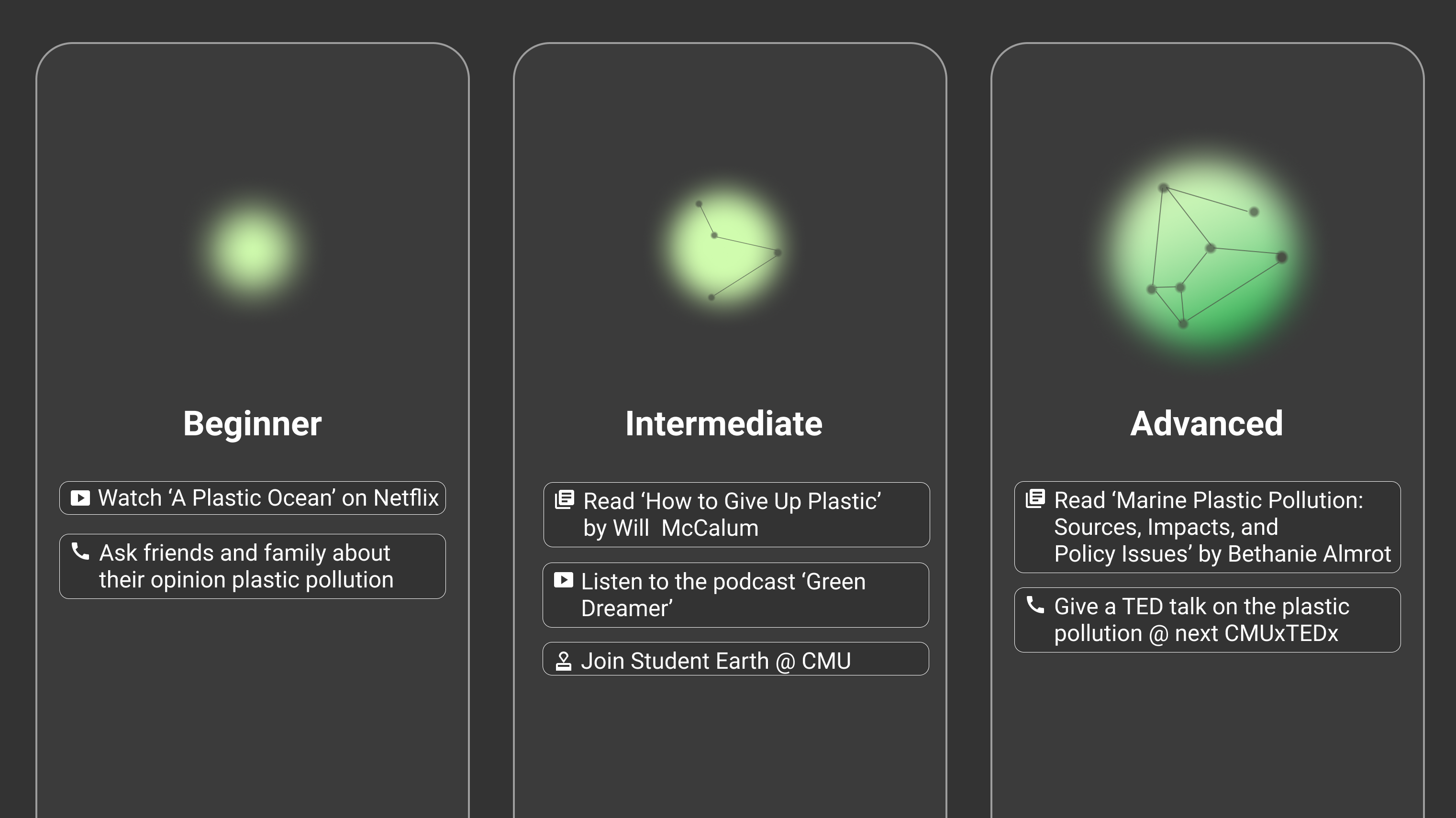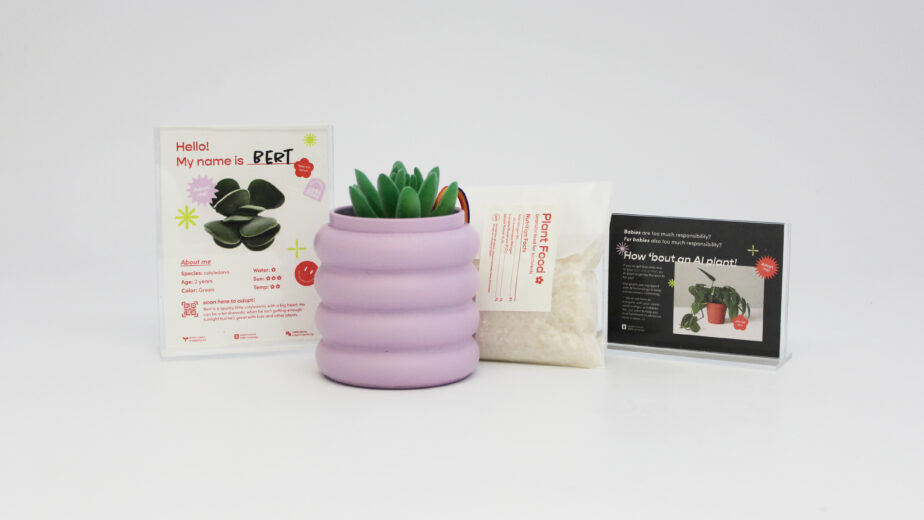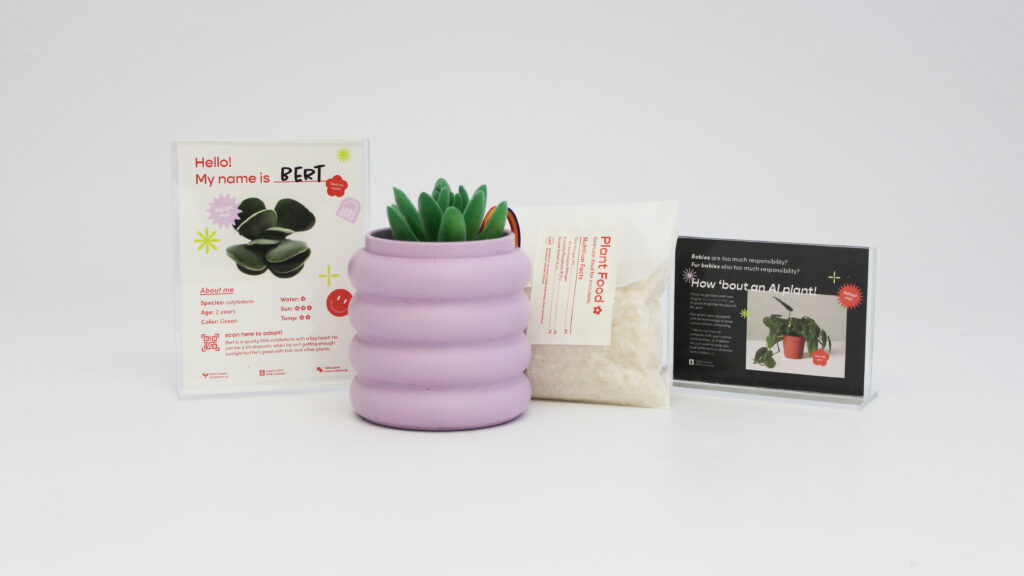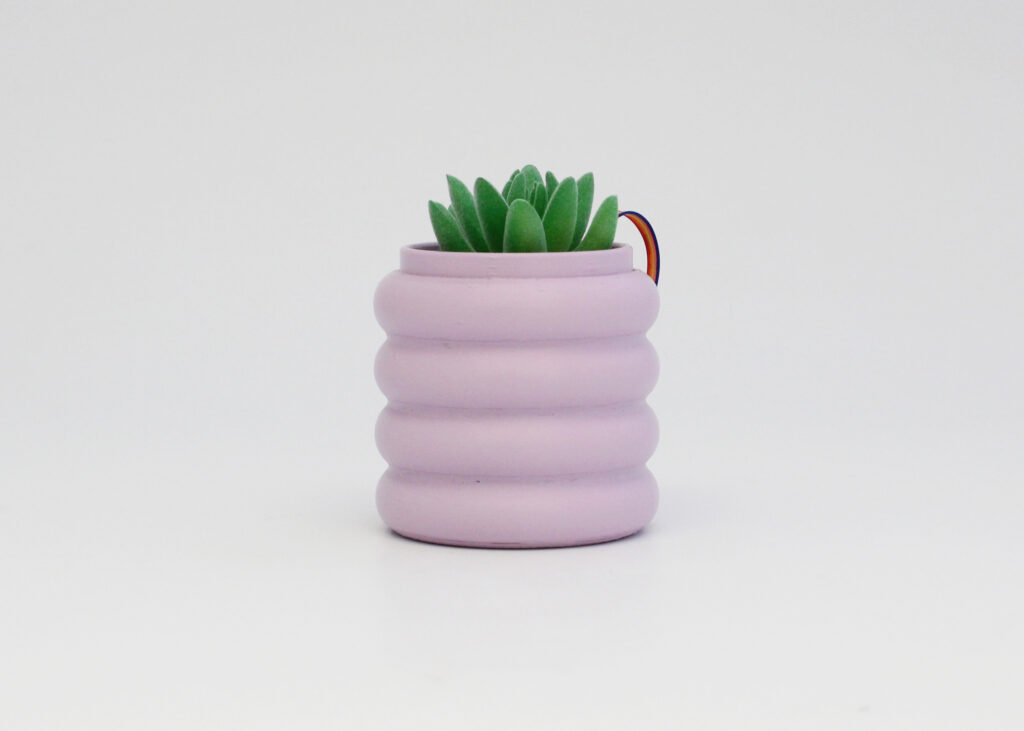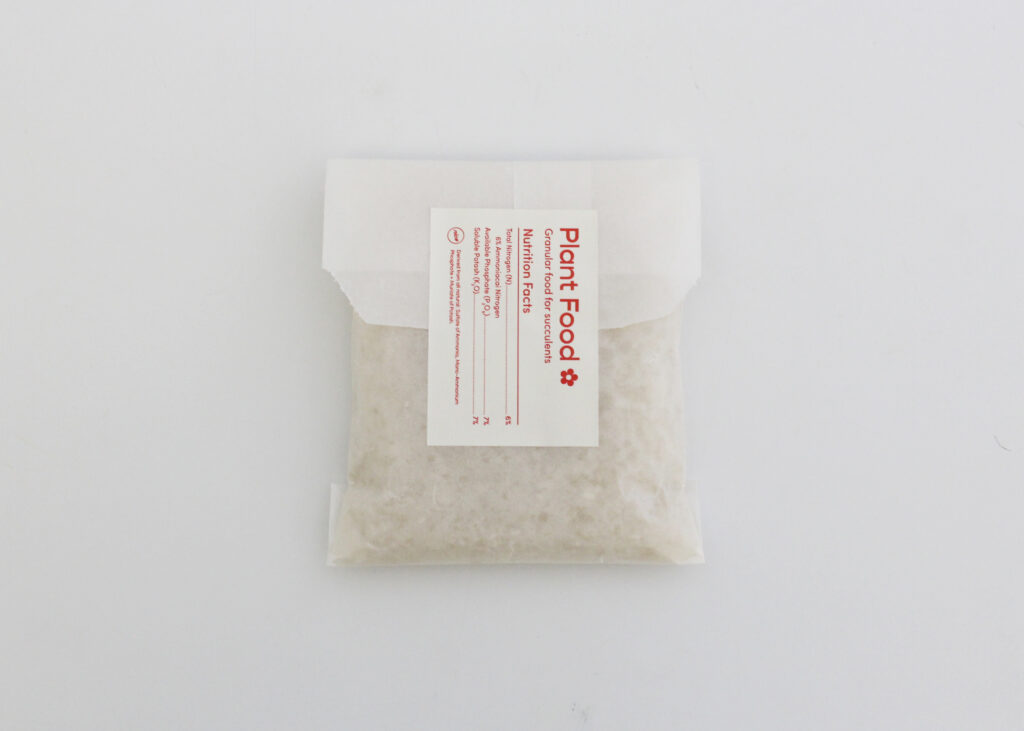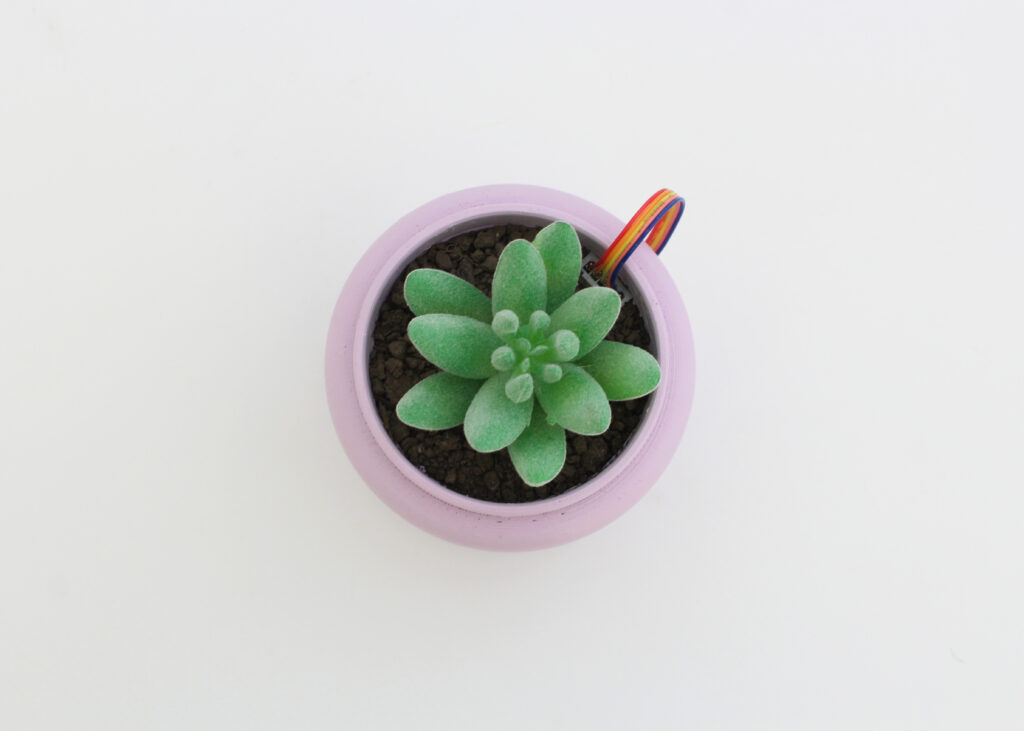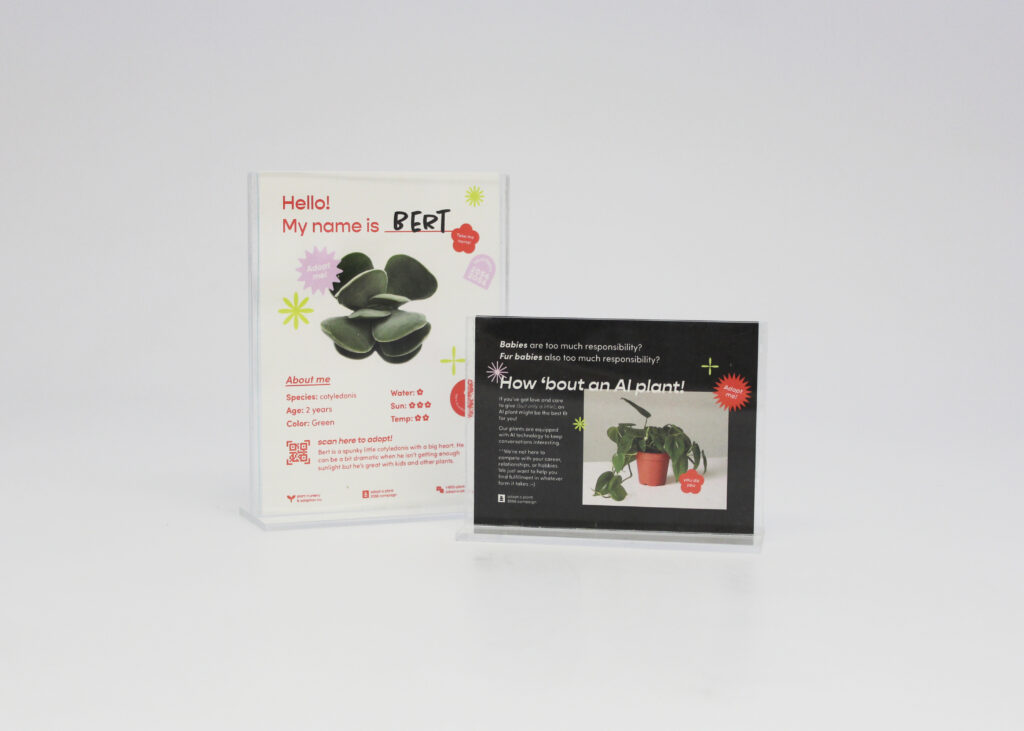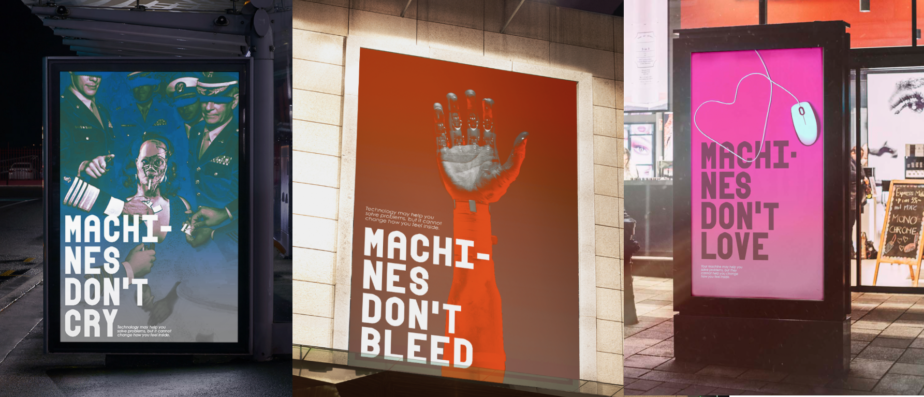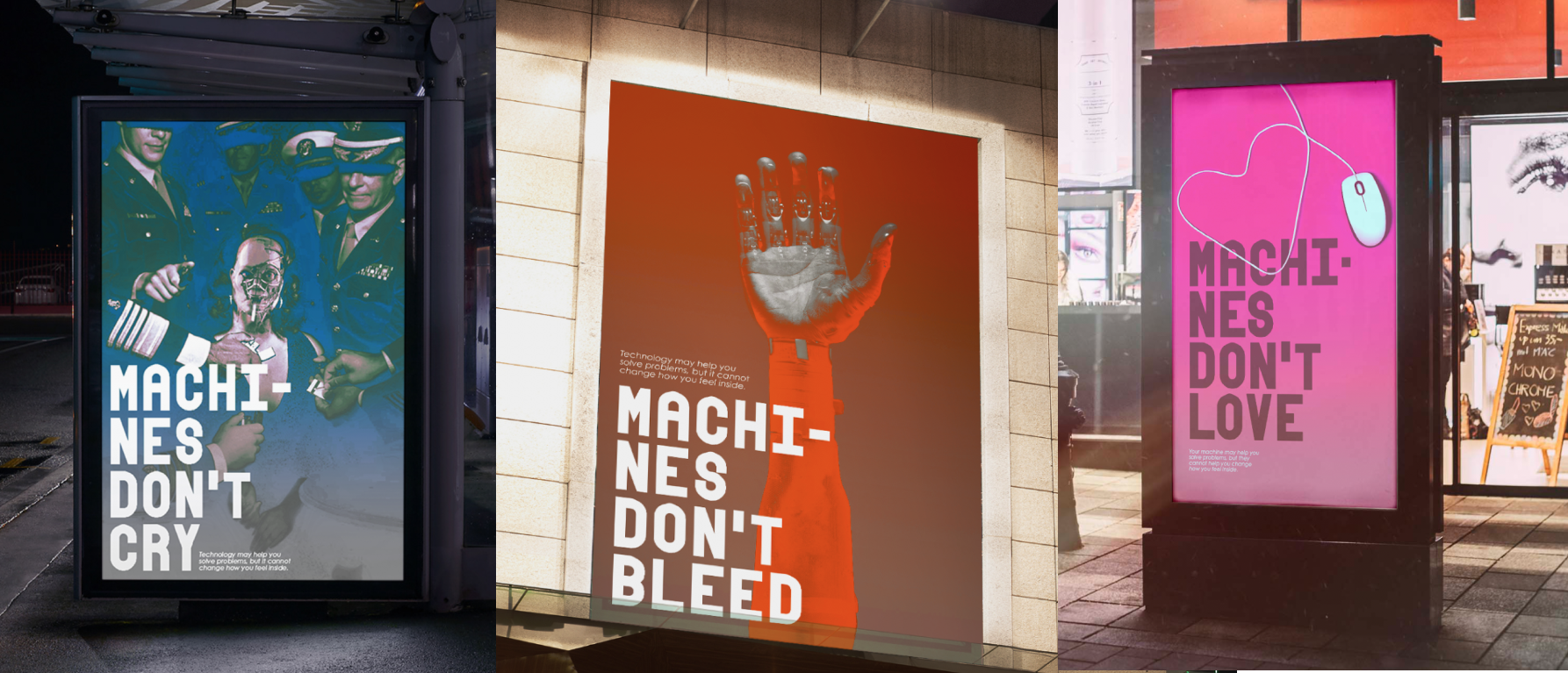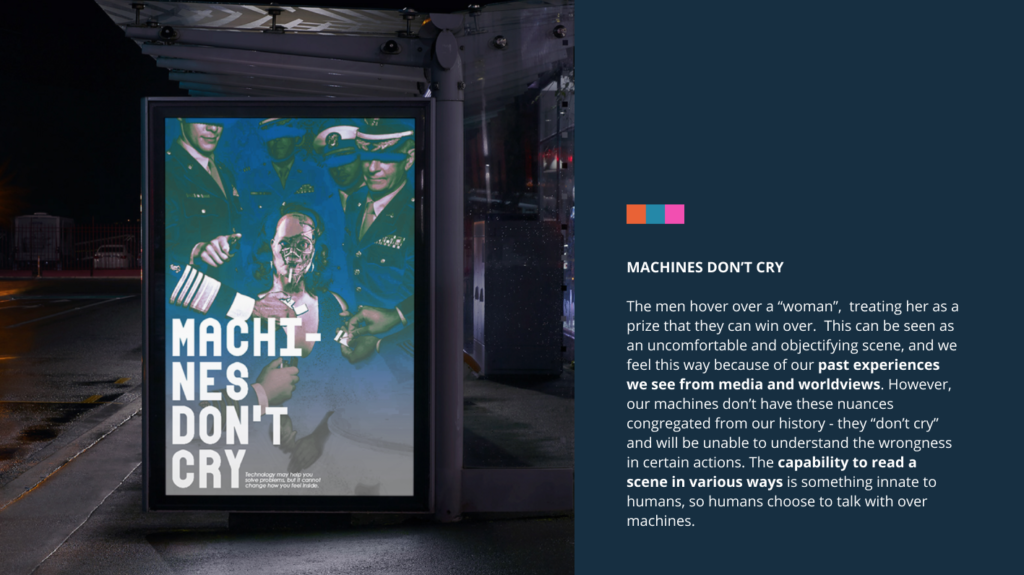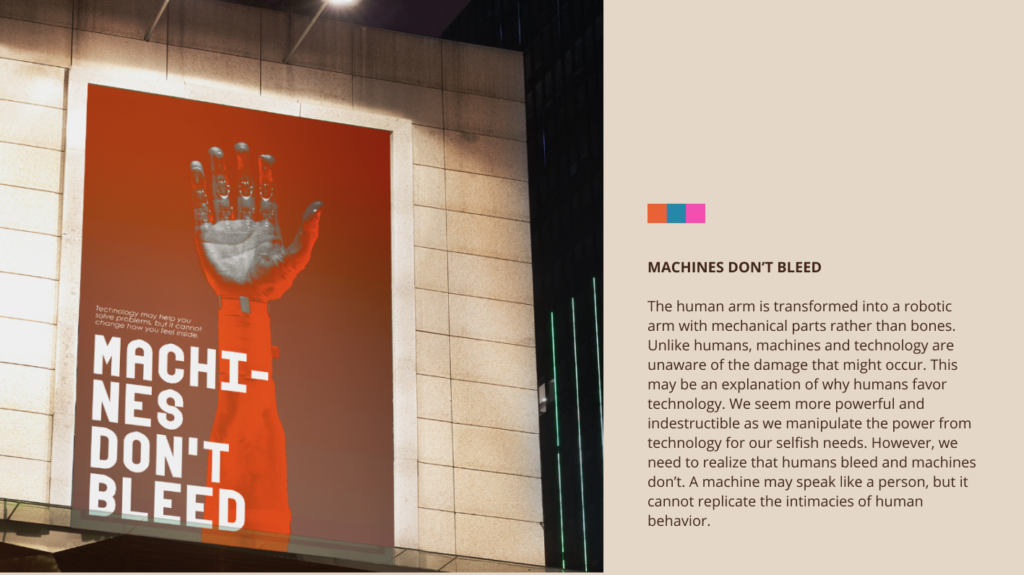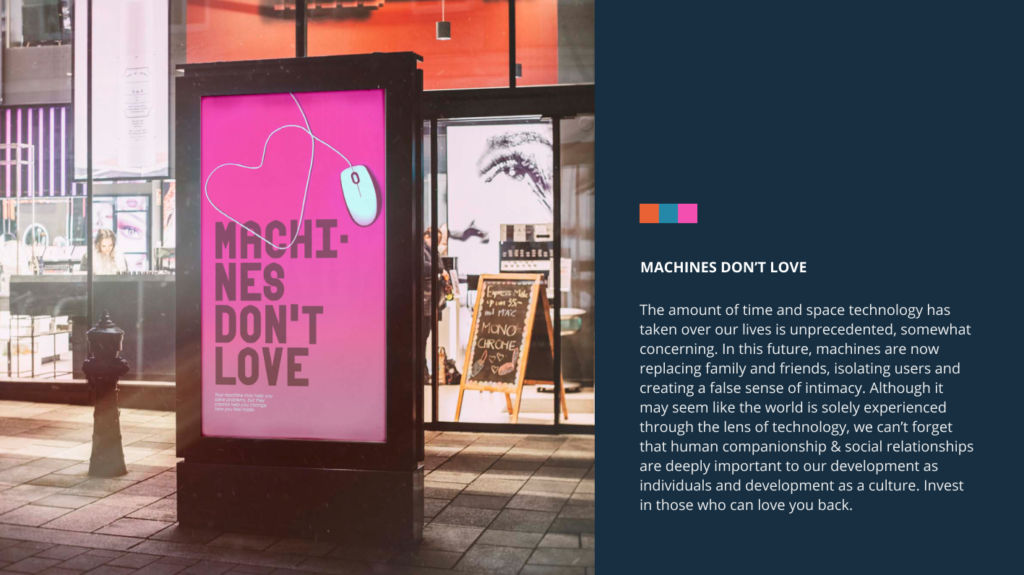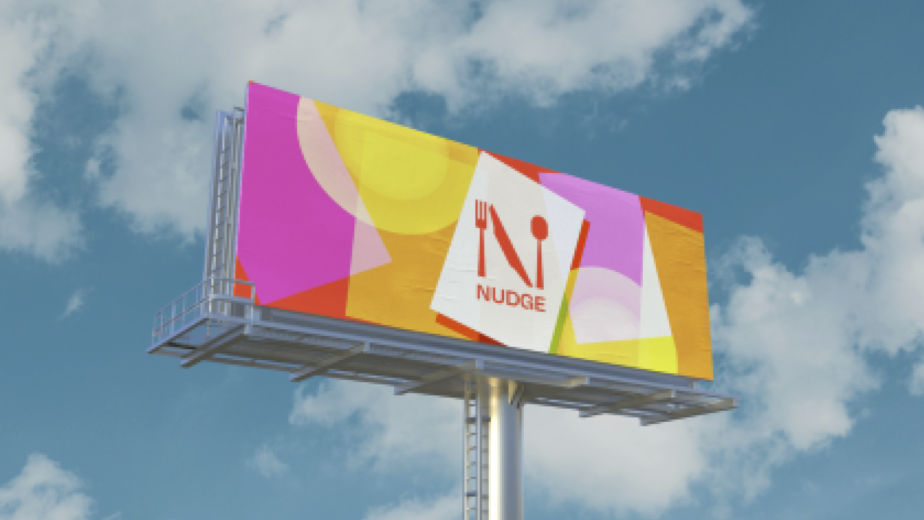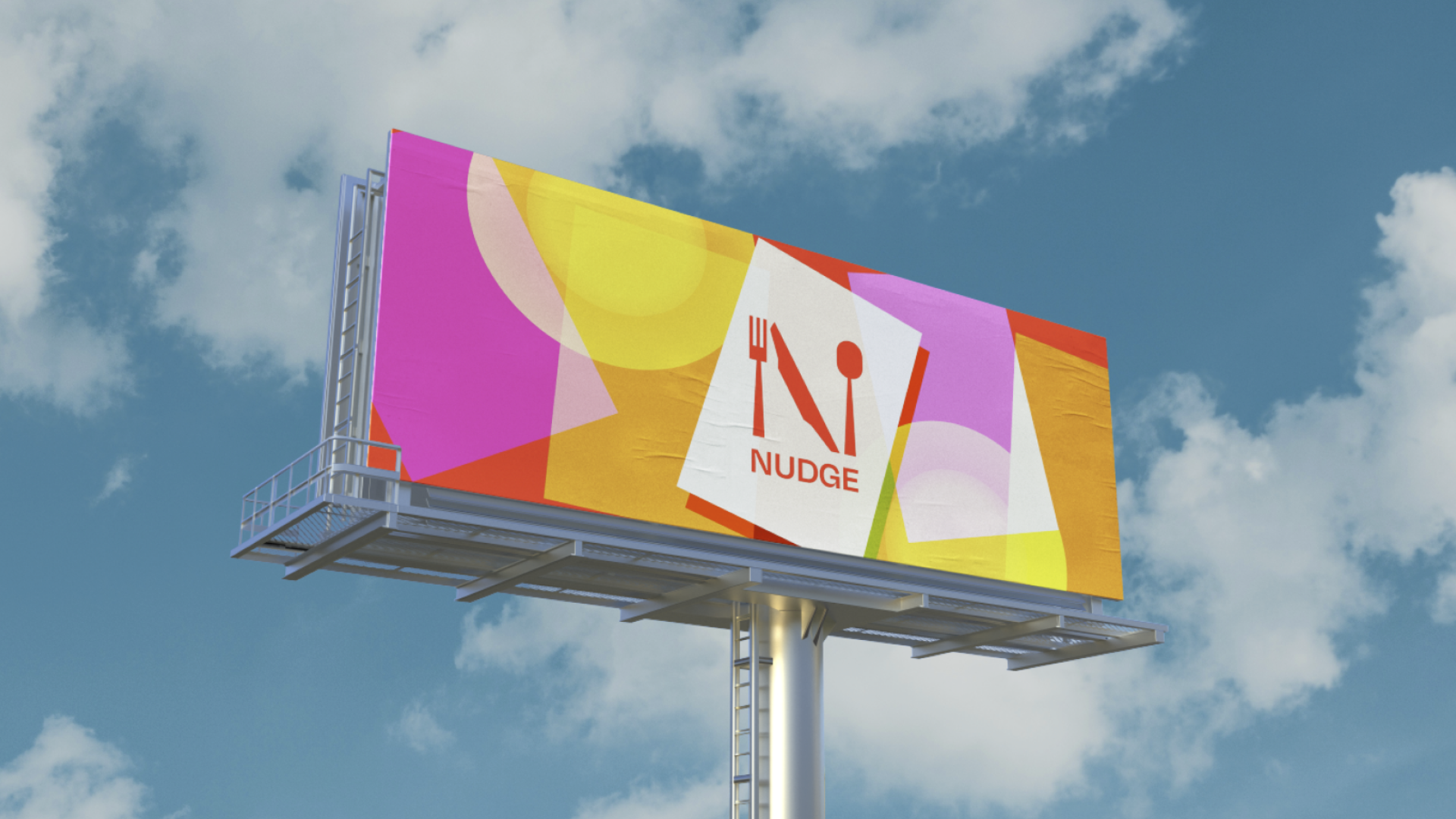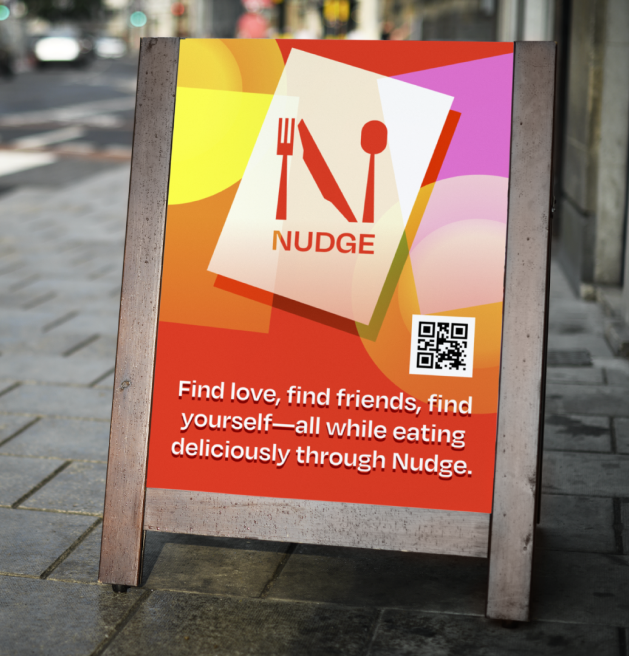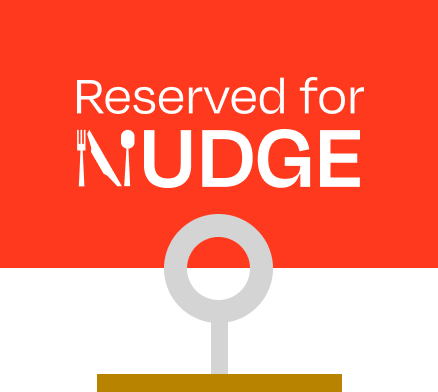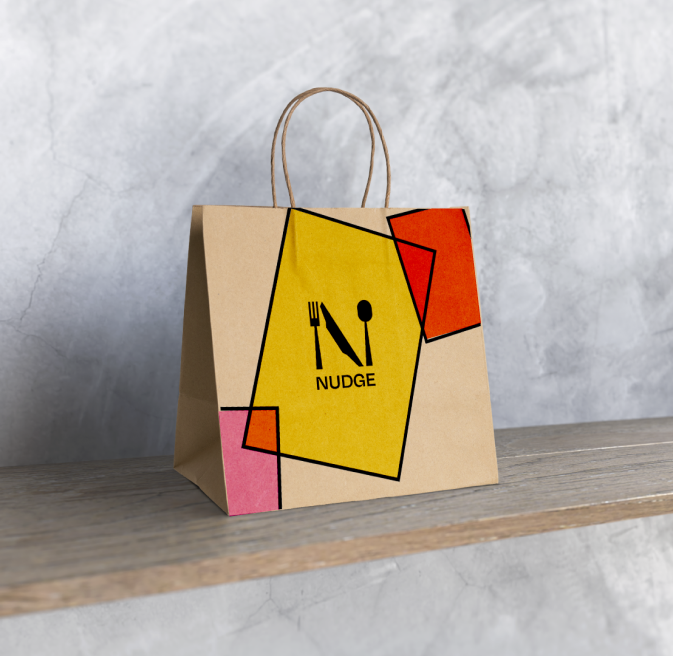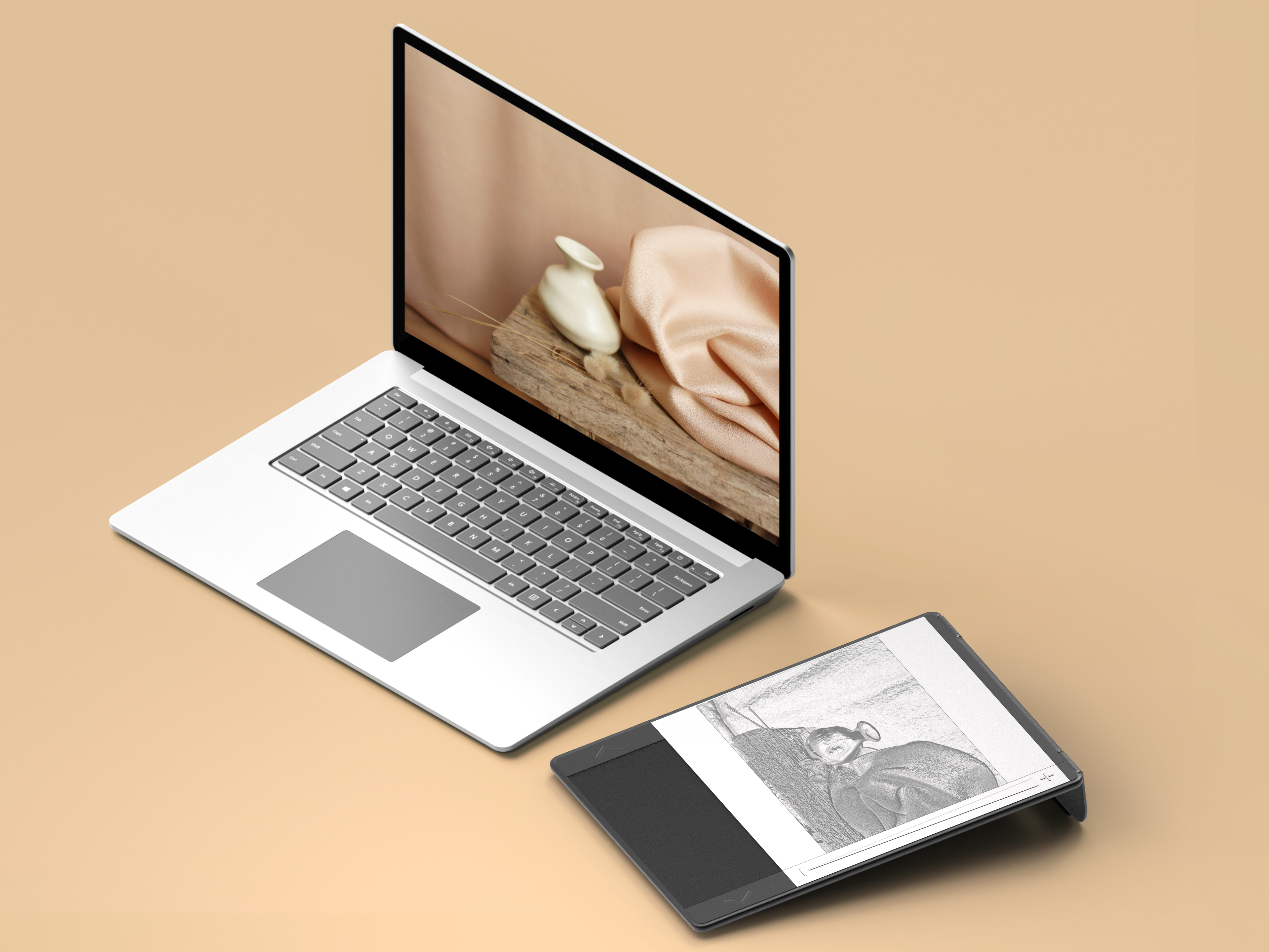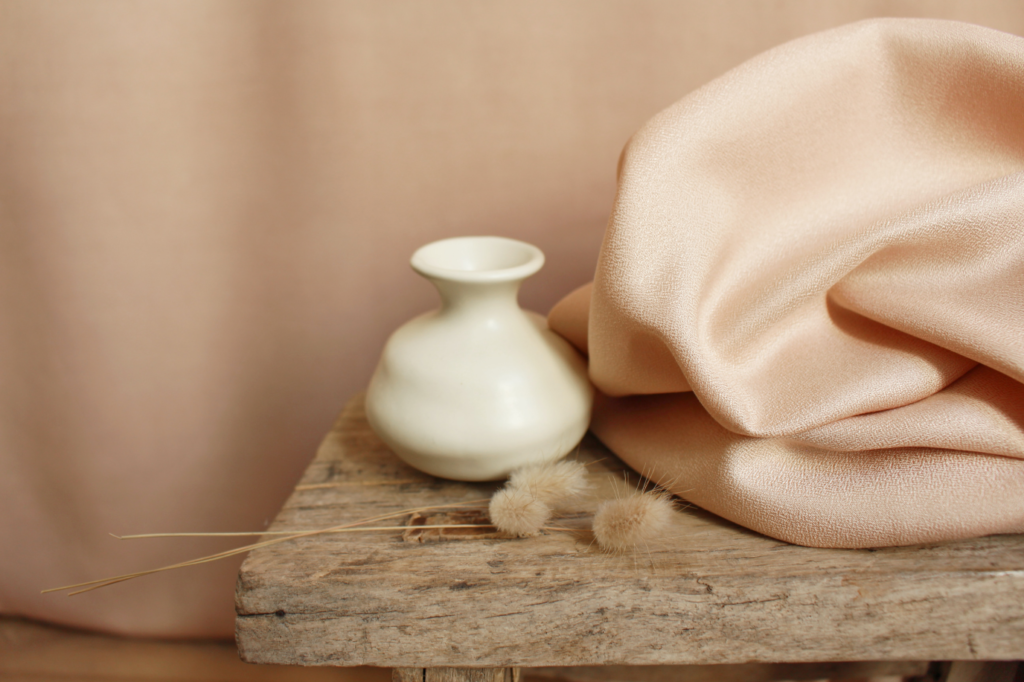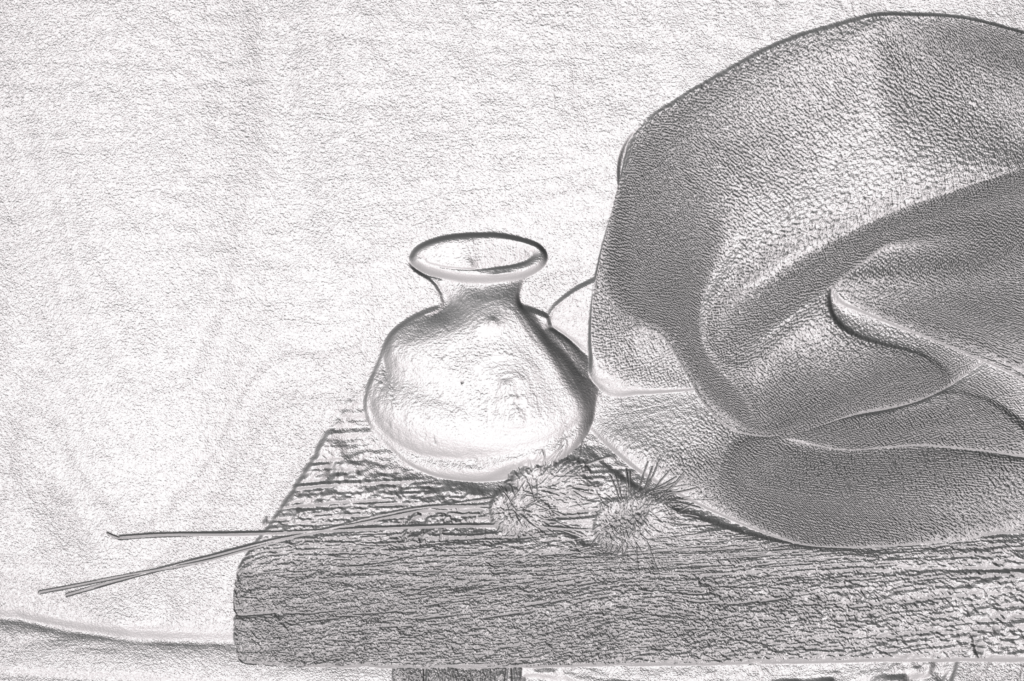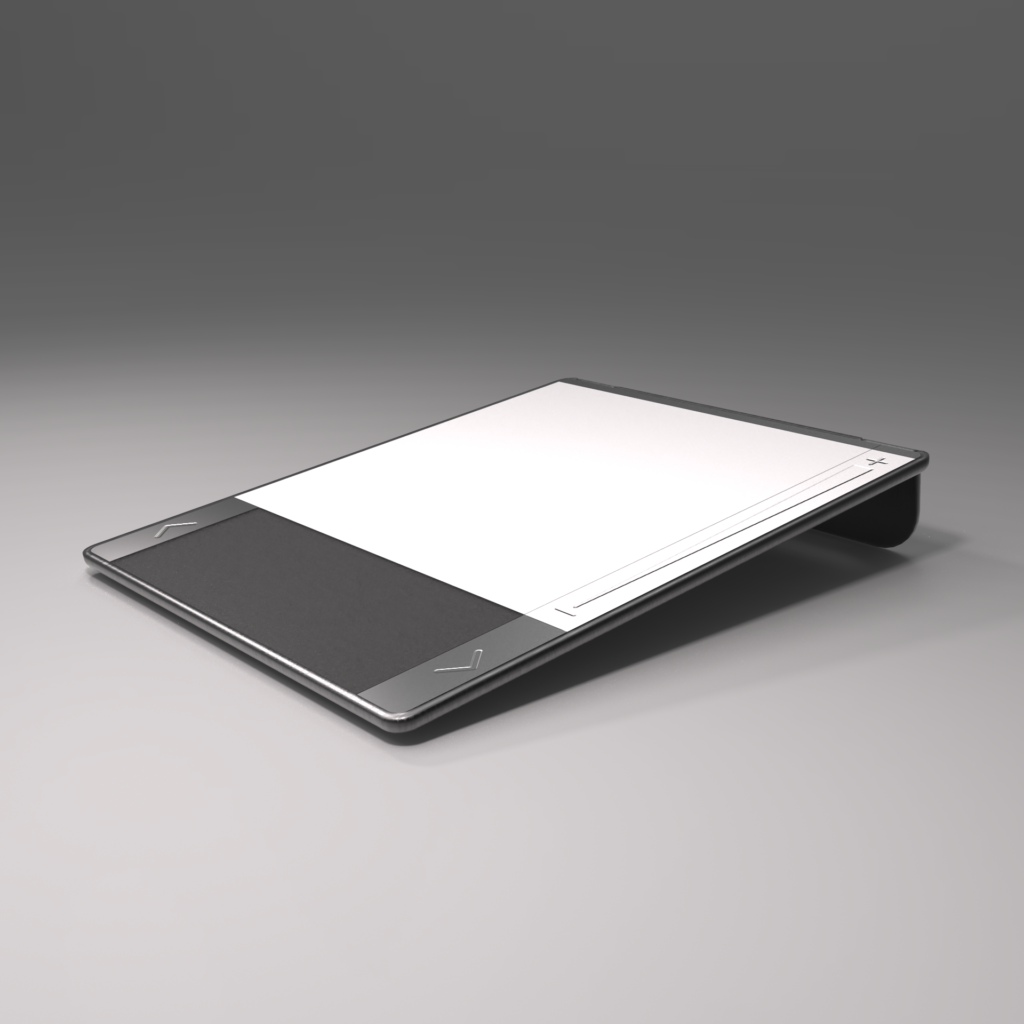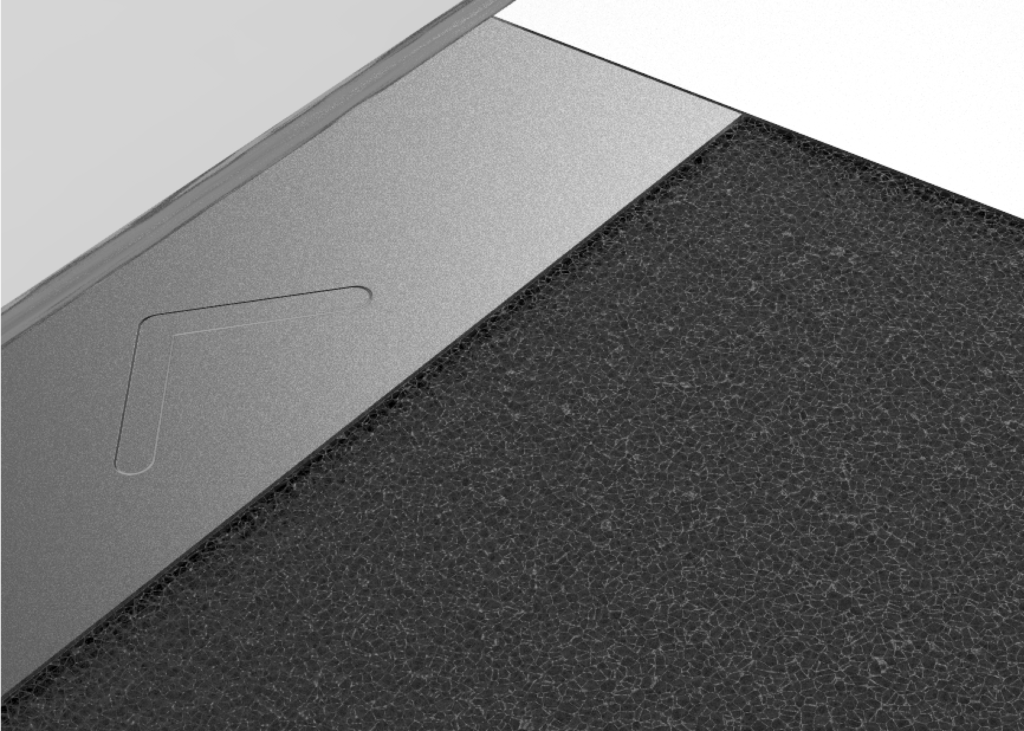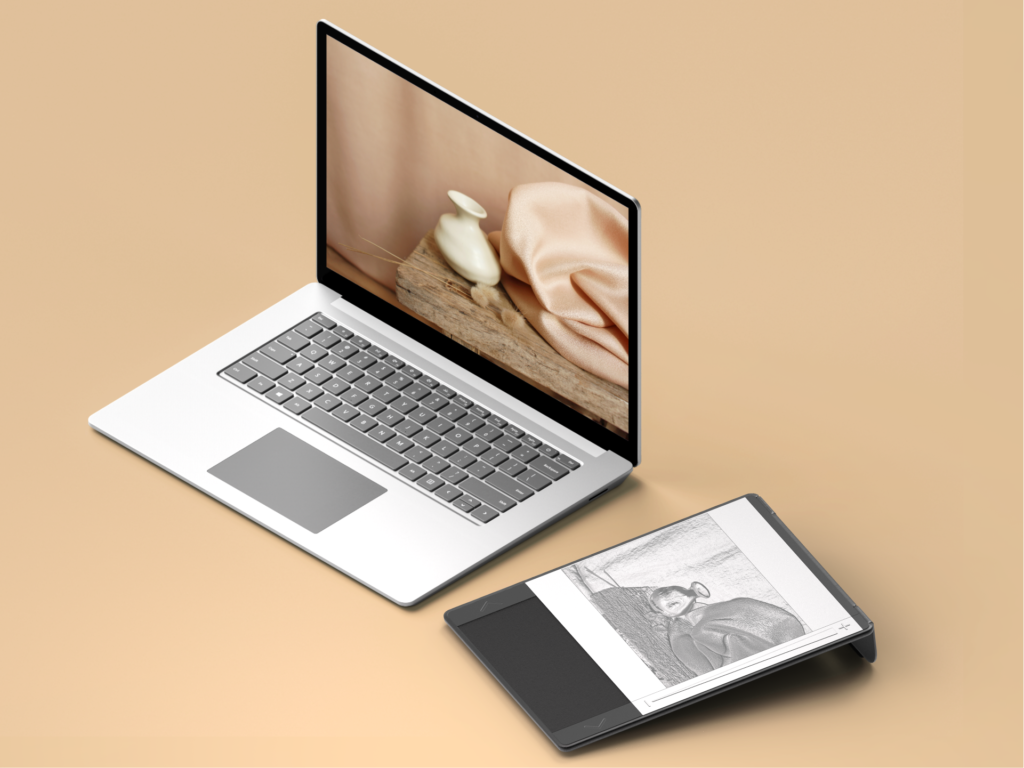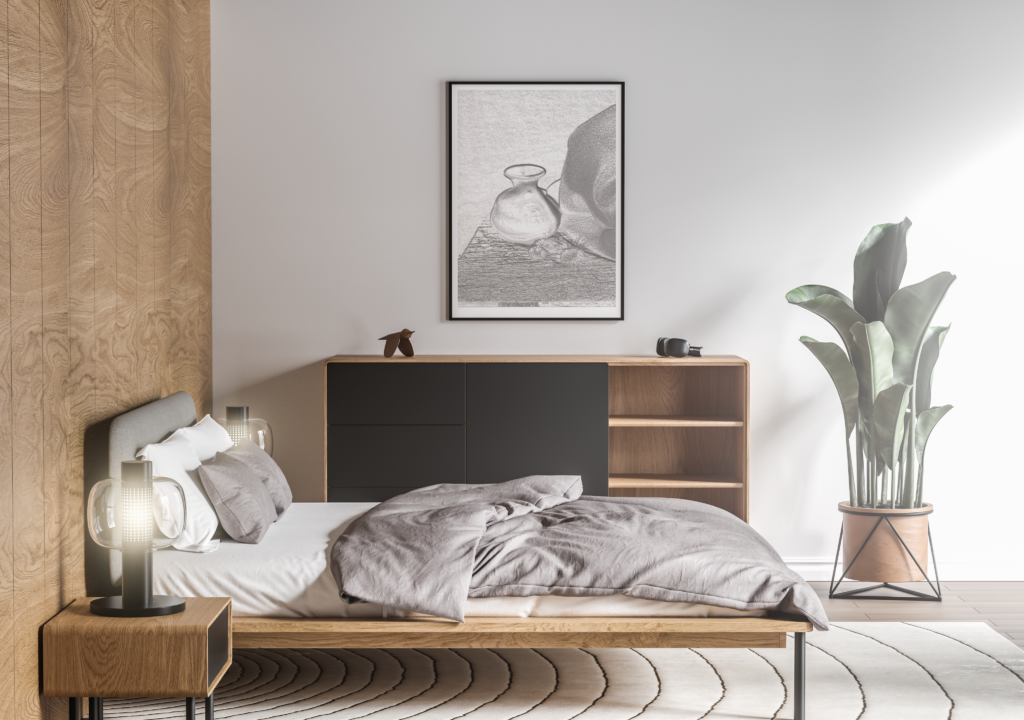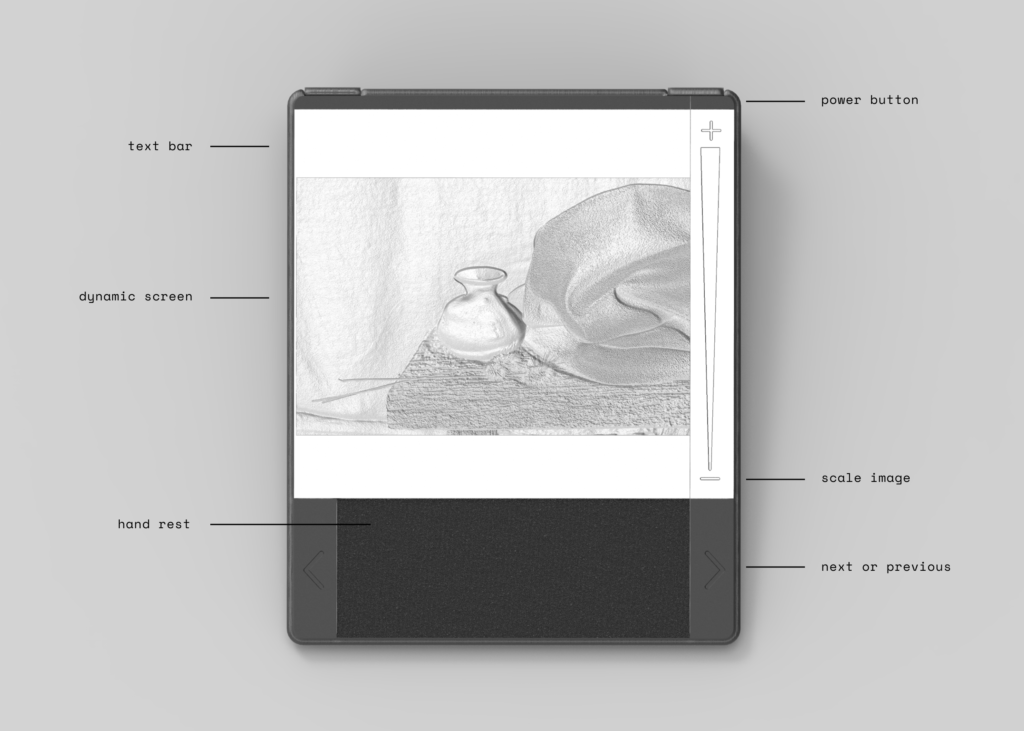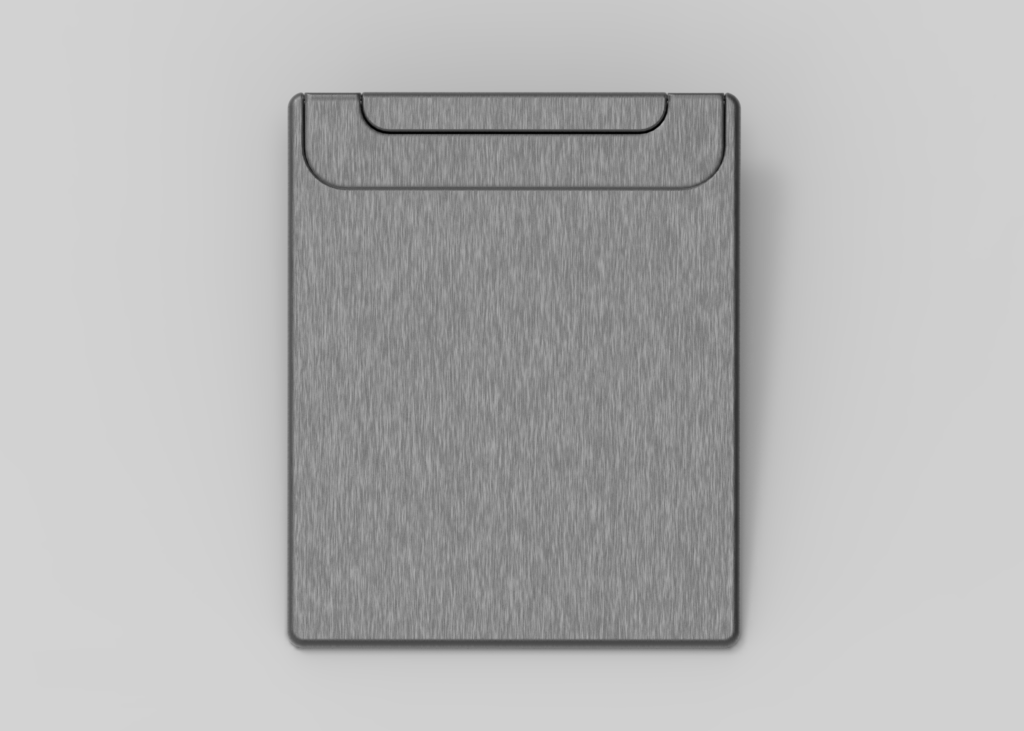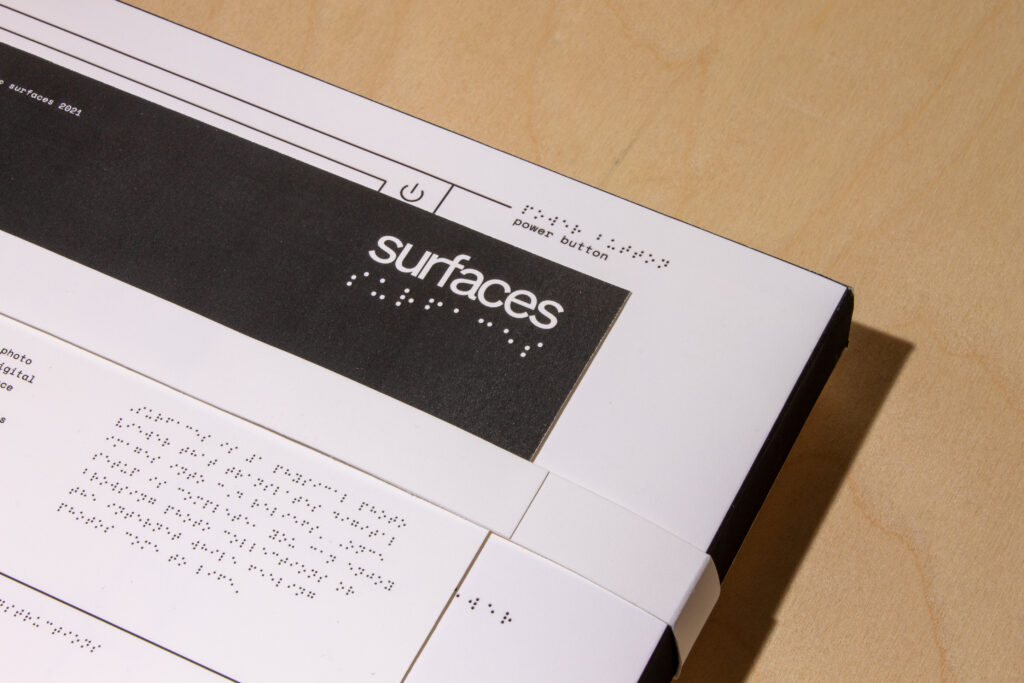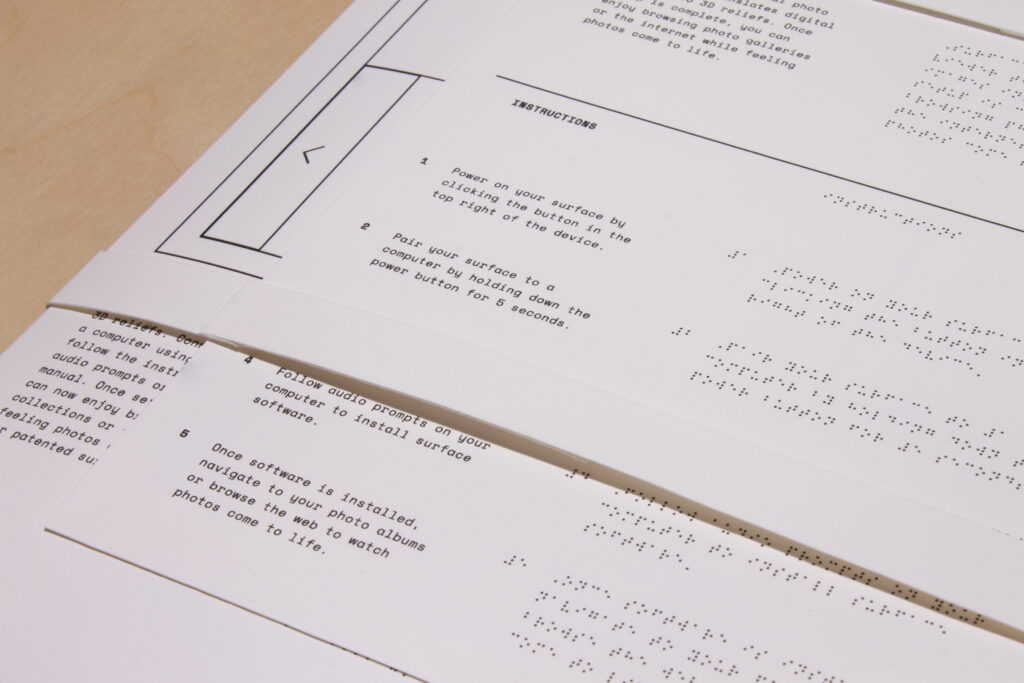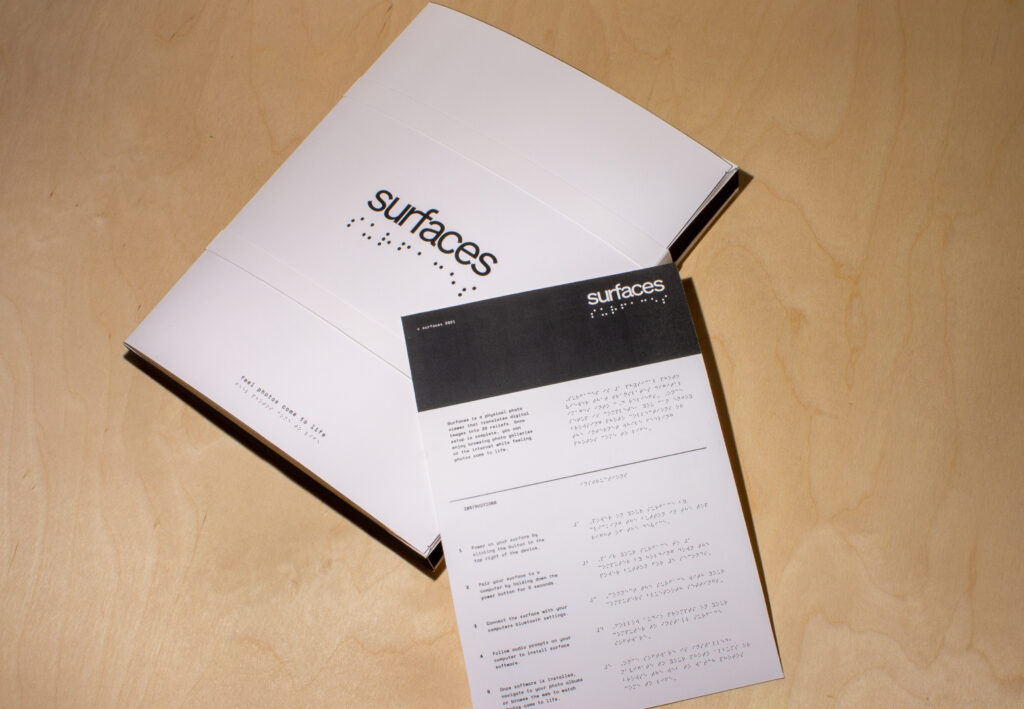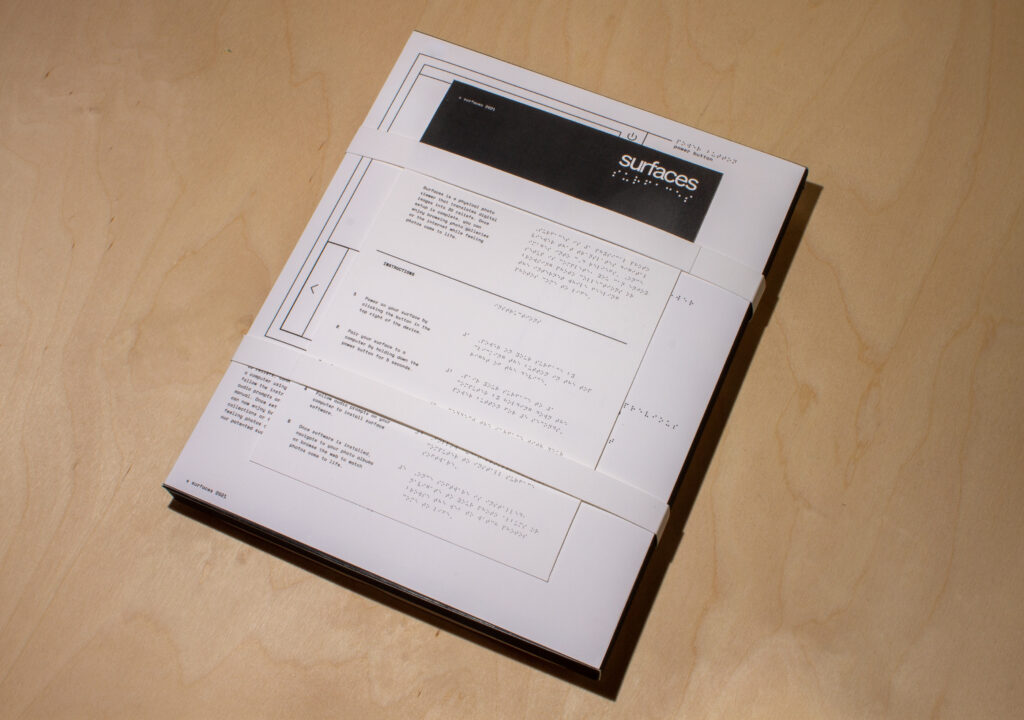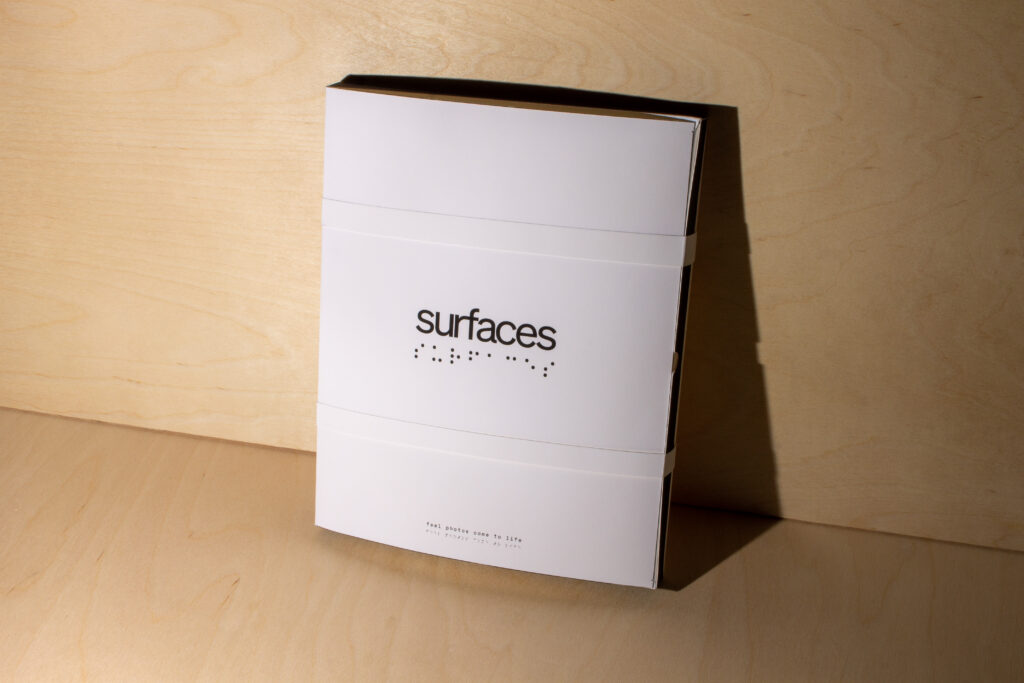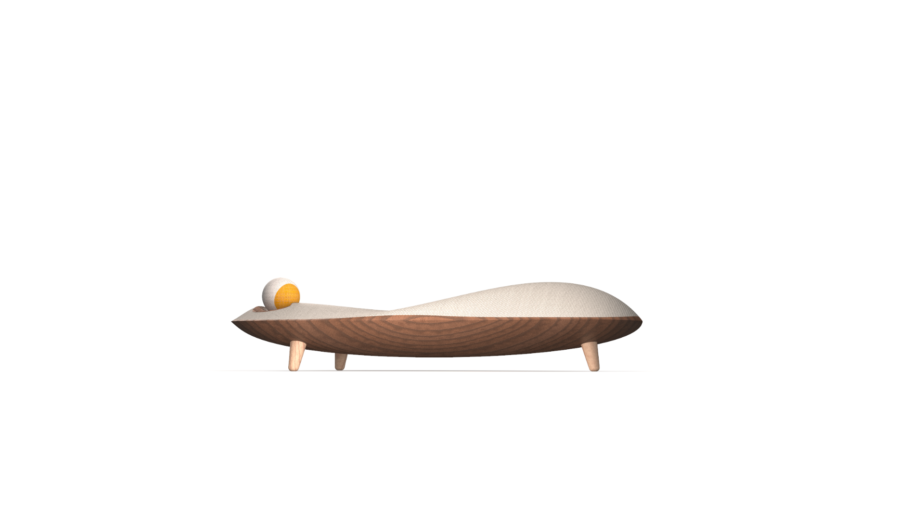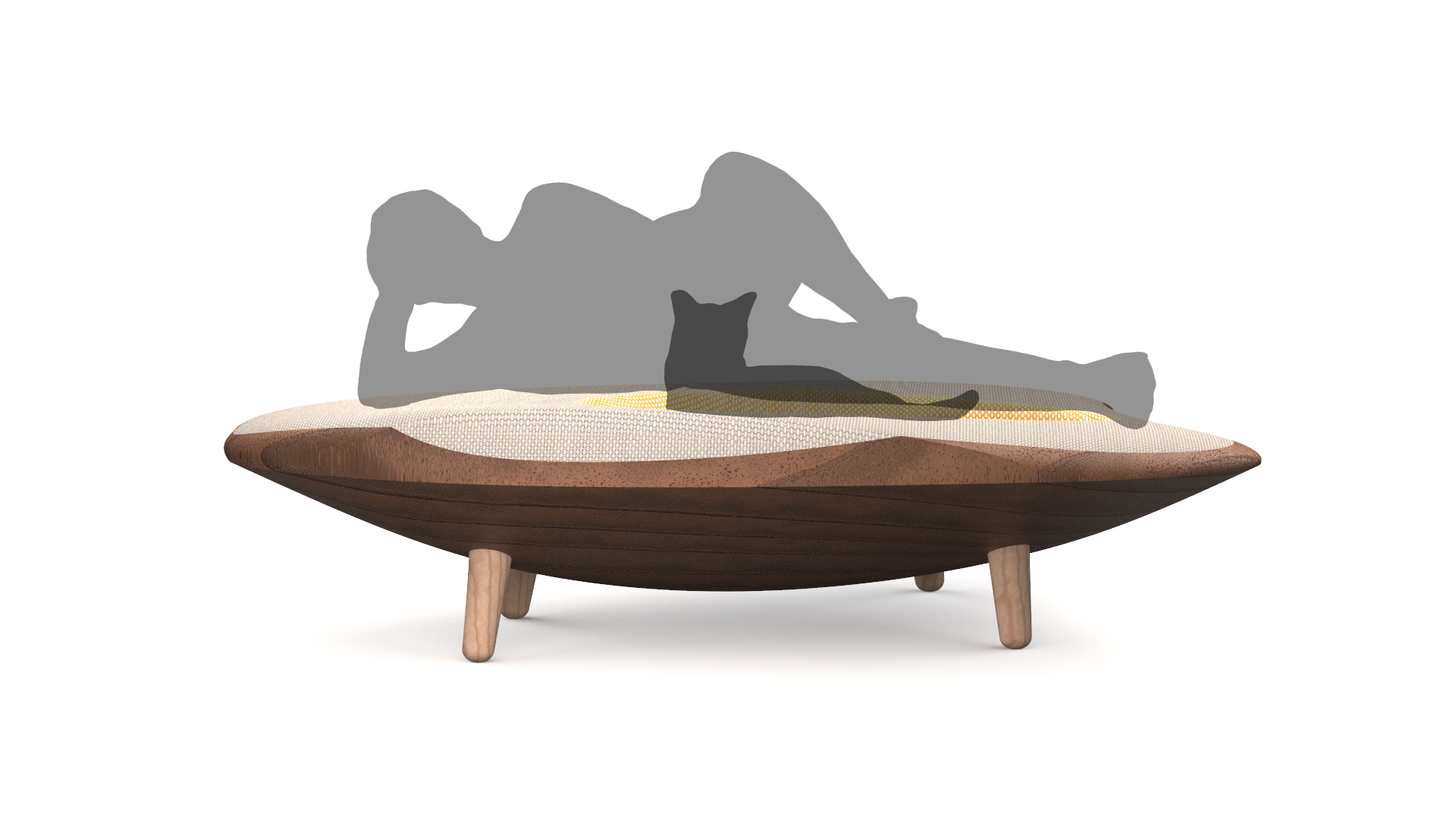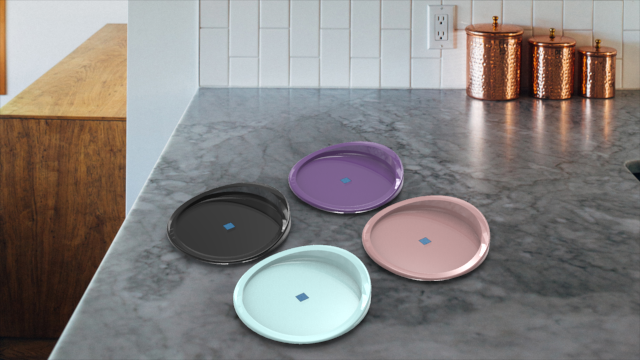
By: Zee Salman (P) / prototype, digital image
Tactics: framing, argument
Many young adults often hang out with their friends outside, especially after a long day of hard work, school, or just to reconnect. But age restrictions are becoming harder to do so, especially around the great age of 21. With age restrictions and clubbing, people under 21 aren’t allowed to step foot into a club, regardless of who they are with. Oftentimes, friend groups get split apart or turned away because their friend is 20, and not 21. Better methods should be used to prevent the splitting of groups, especially when there are people who don’t want to drink anyway.
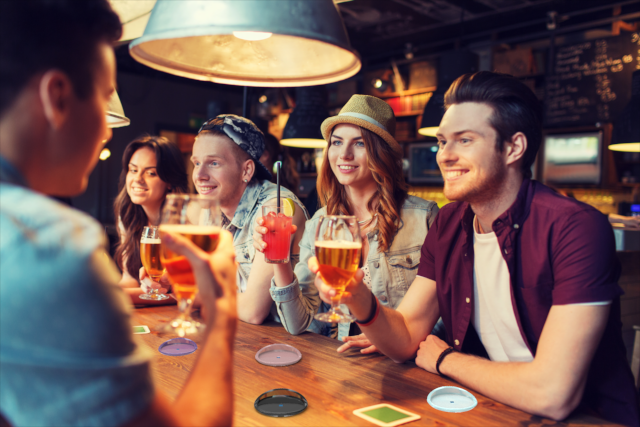
Introducing Cheers!
A coaster that helps get rid of those possible divides. There is currently a narrative of always assuming that young adults always want to drink when entering a club, which makes it hard to just enjoy the presence of loved ones. This creates a barrier and divides up groups, even if they just want to exist in the space with others. A Better way that could help regulate drinking without assuming that everyone in the group is drinking is using Cheers; The drinking coaster.
This coaster is feasible and would help reduce the drinking stigma by its discrete as well as its purposeful use. Just scan the RFID tag right in the center of the coaster on the menu on the table, and bartenders will know how many people in a party can and want to drink. This eliminates the need to even asking before someone enters if they plan to drink by asking for their ID. Just using Cheers, legal drinkers would be the only one who has access to the drink menu. That way, those who don’t want to drink don’t feel like they have to and those who can’t can still enjoy the company of their friends.
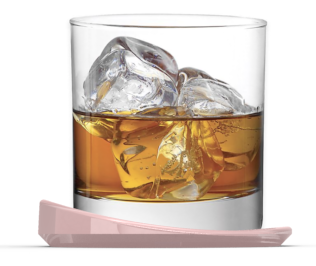

Grab a drink with your friends today, or DONT! No need to anxiously wait for your 21st birthday just to be in the same environment as your friends, and no need to live with the drinking pressure just because you can enter a scene. Being comfortable in a space surrounded by your loved ones is what’s most important. Cheers to that!
